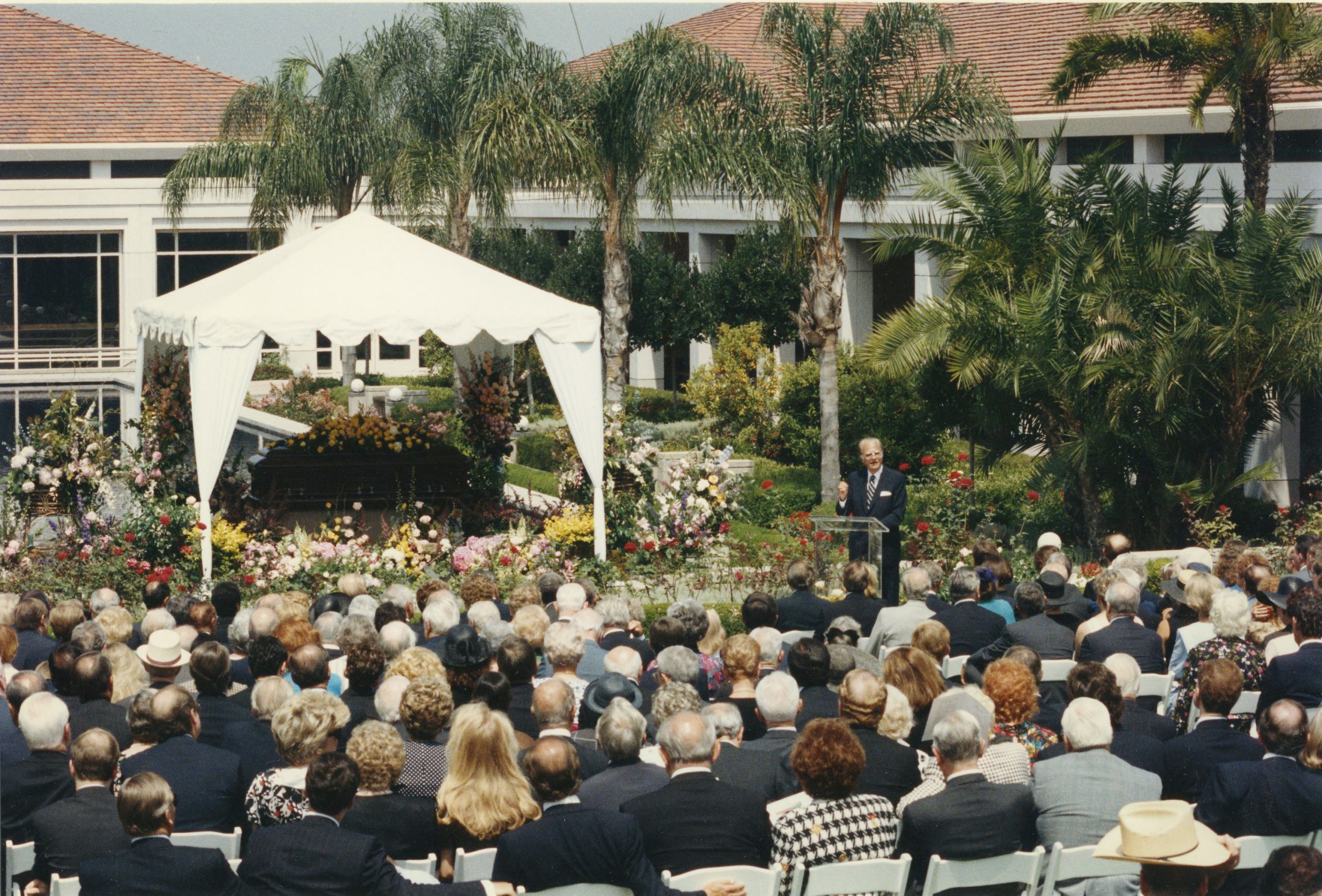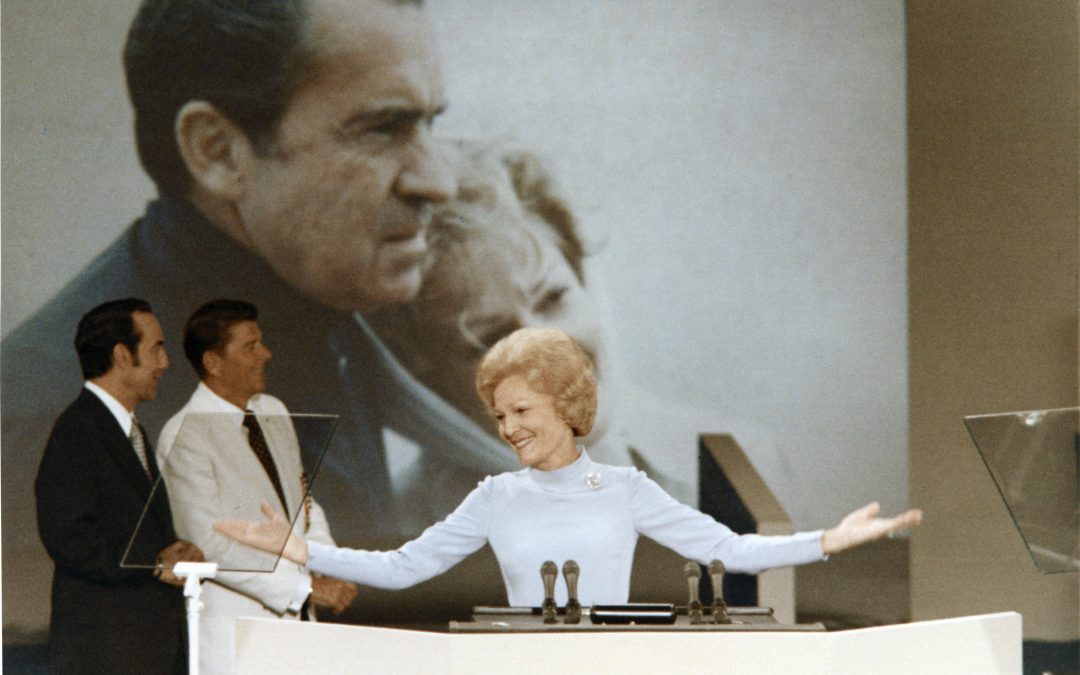A Beginner’s Guide to First Lady Pat Nixon
Beginning with her birth in Ely, Nevada and her childhood in Southern California, and extending beyond her time at the White House, this educational exhibit provides an overview of her remarkable life.
Thelma Catherine Ryan was born just before midnight on March 16, 1912, in a miner’s shack in Ely, Nevada. Her father, the proud son of first generation Irish immigrants, decided almost immediately that his new daughter’s birthday should thereafter be celebrated on March 17th, St. Patrick’s Day. He affectionately christened her, “My St. Patrick’s babe in the morning.”
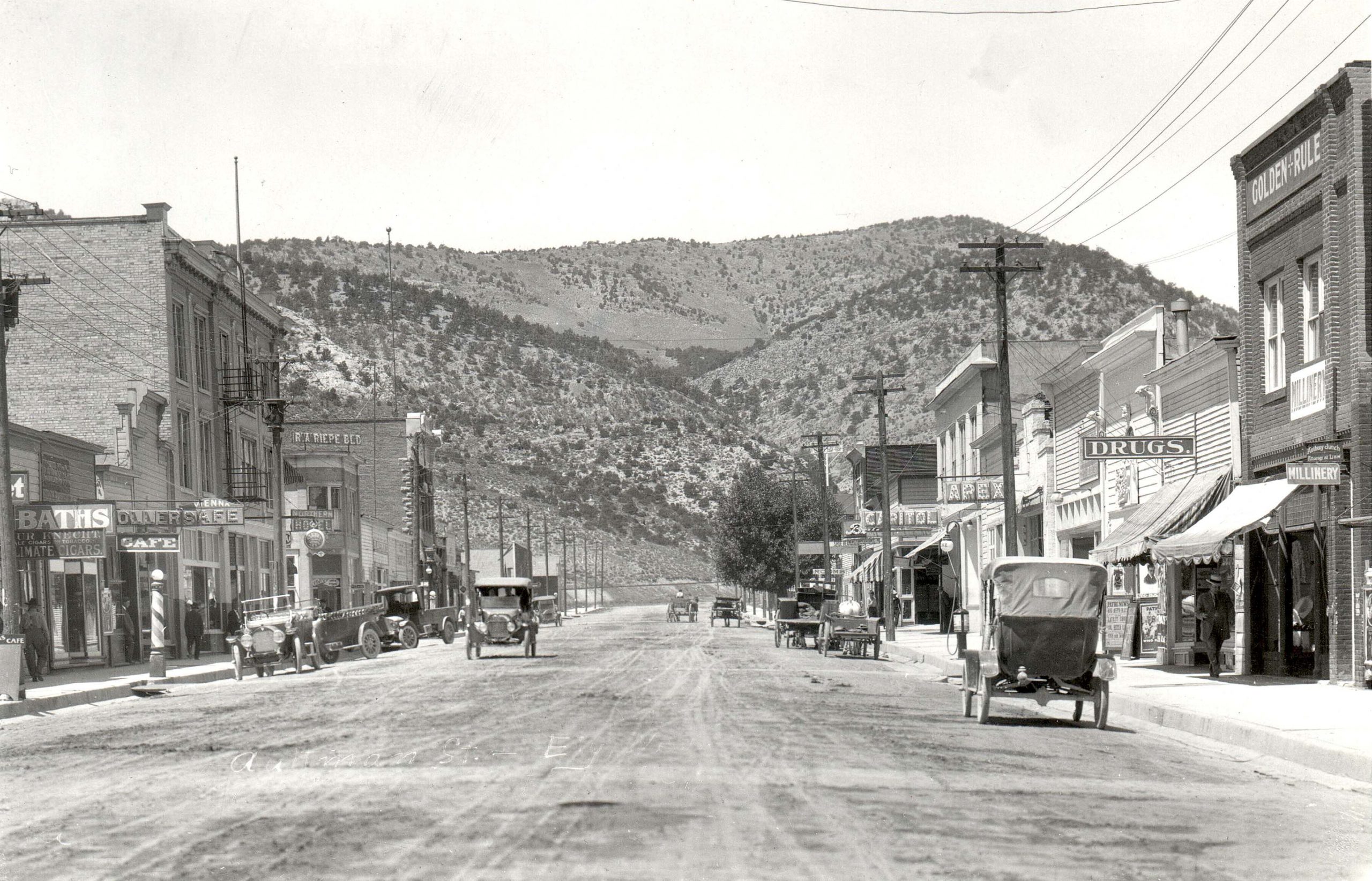
The Ryan family set down roots on a 10 and a half acre farm in Artesia, California.
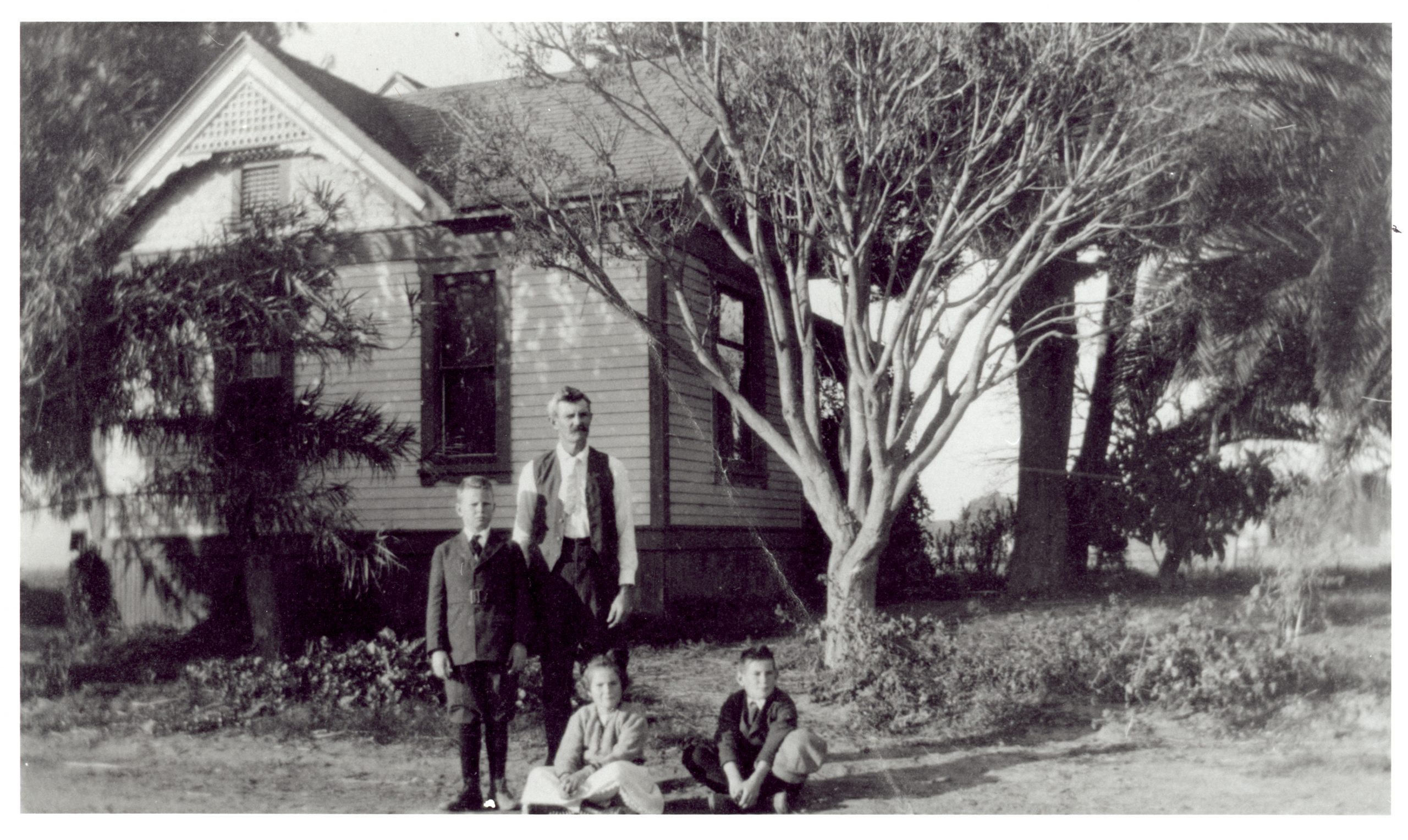
In 1932, Thelma Ryan changed her name to Patricia “Pat” Ryan. In the fall of that year, she was offered the opportunity to travel outside California for the first time in her life. An elderly couple from Connecticut, who had been visiting California for several months, needed someone to drive them, and their car, back East. Despite never having driven outside the state – let alone across the country – the couple hired the 20-year-old after a single interview. The payment consisted of a bus ticket home to Artesia.
Pat Ryan decided to stay with family in New York and took courses in radiology and worked as a technician before heading home.
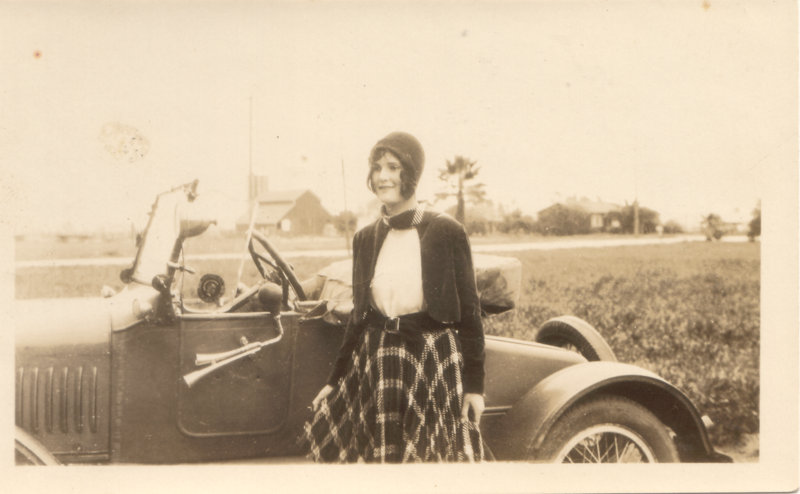
In the fall of 1934, Pat entered the University of Southern California – a dream of higher education finally coming to fruition. Pat qualified for a research fellowship, much like today’s work-study programs which covered her tuition. Unfortunately, it was not enough to live on. Over the course of her years at USC, Pat held a variety of jobs to help meet expenses. She worked as a salesgirl at Bullocks – a fashionable department store in Los Angeles – and as a Hollywood movie extra. Three years after beginning her studies at USC, Pat Ryan graduated with honors and an equivalent of a Master’s Degree in Education.
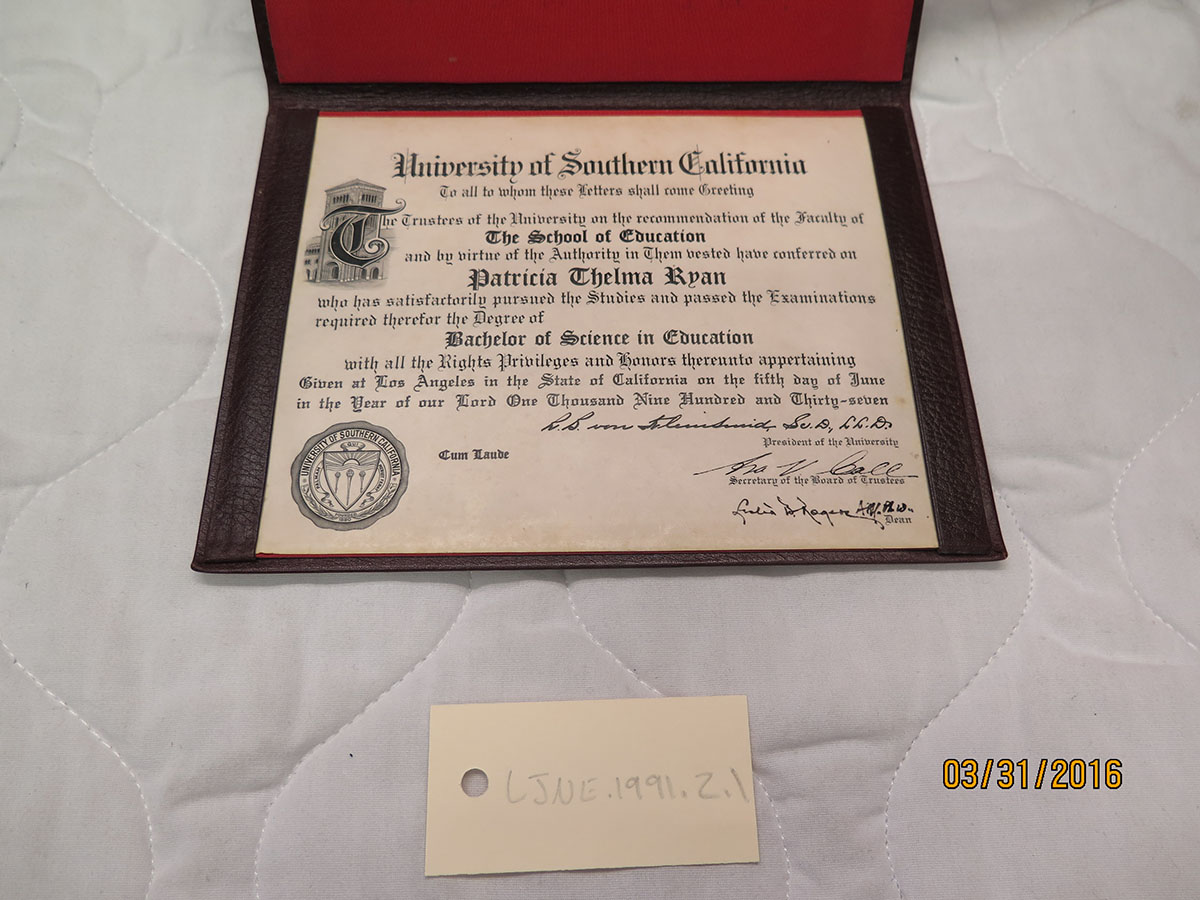
At Whittier High School, teachers were expected to be involved in the community outside of school. Since Pat Ryan had experience in acting during her time at USC, she decided her community involvement would be to try out for the play, The Dark Tower, which was being staged by the Whittier Community Players. Unbeknownst to Pat Ryan, also at the tryouts was the up-and-coming young Whittier attorney, Richard M. Nixon.
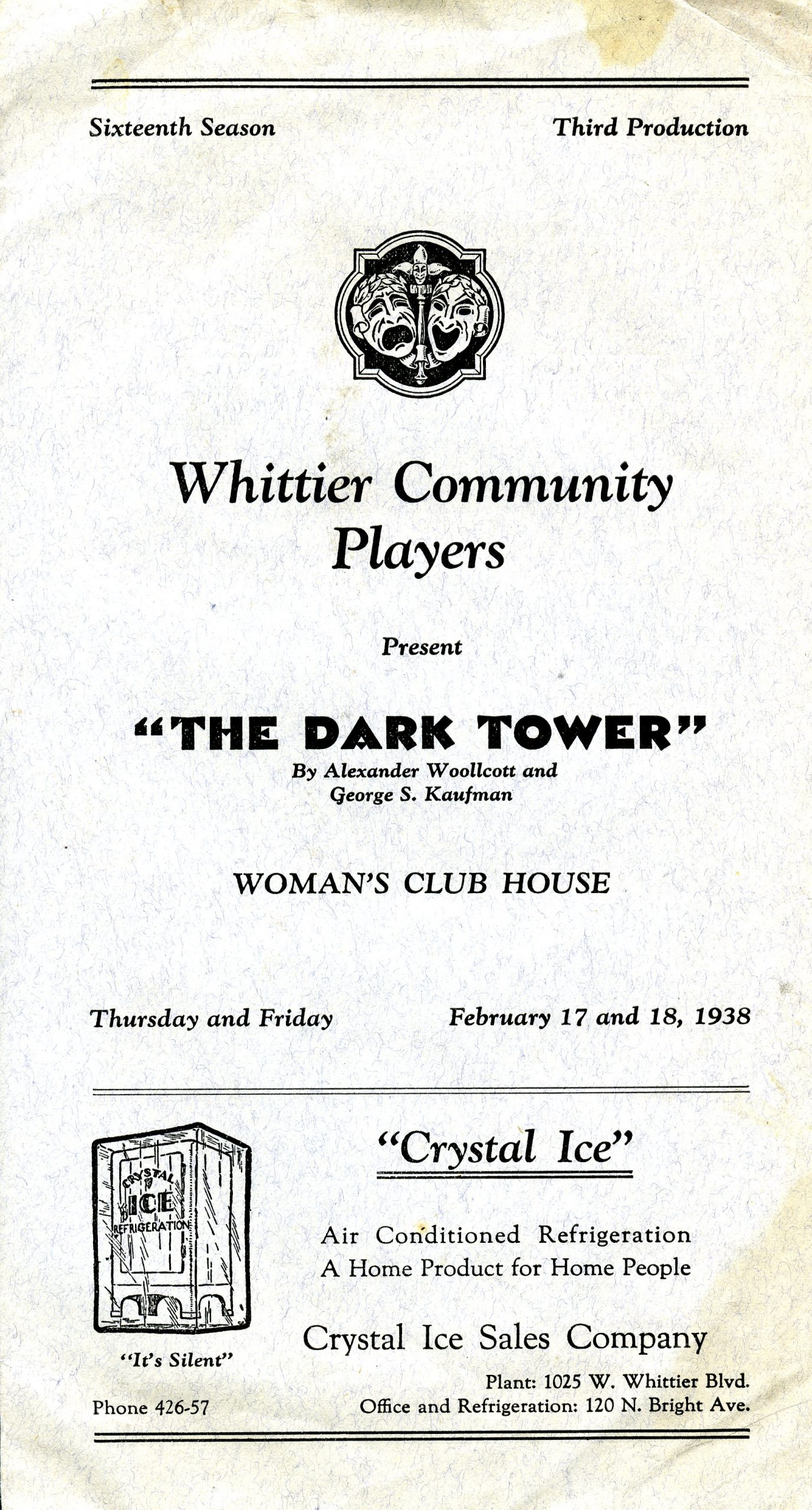
On June 21, 1940, Pat Ryan married Richard Nixon in a small ceremony at the Mission Inn in Riverside, California. The Couple exchanged vows in front of a Quaker minister with only family and a dozen friends in attendance.
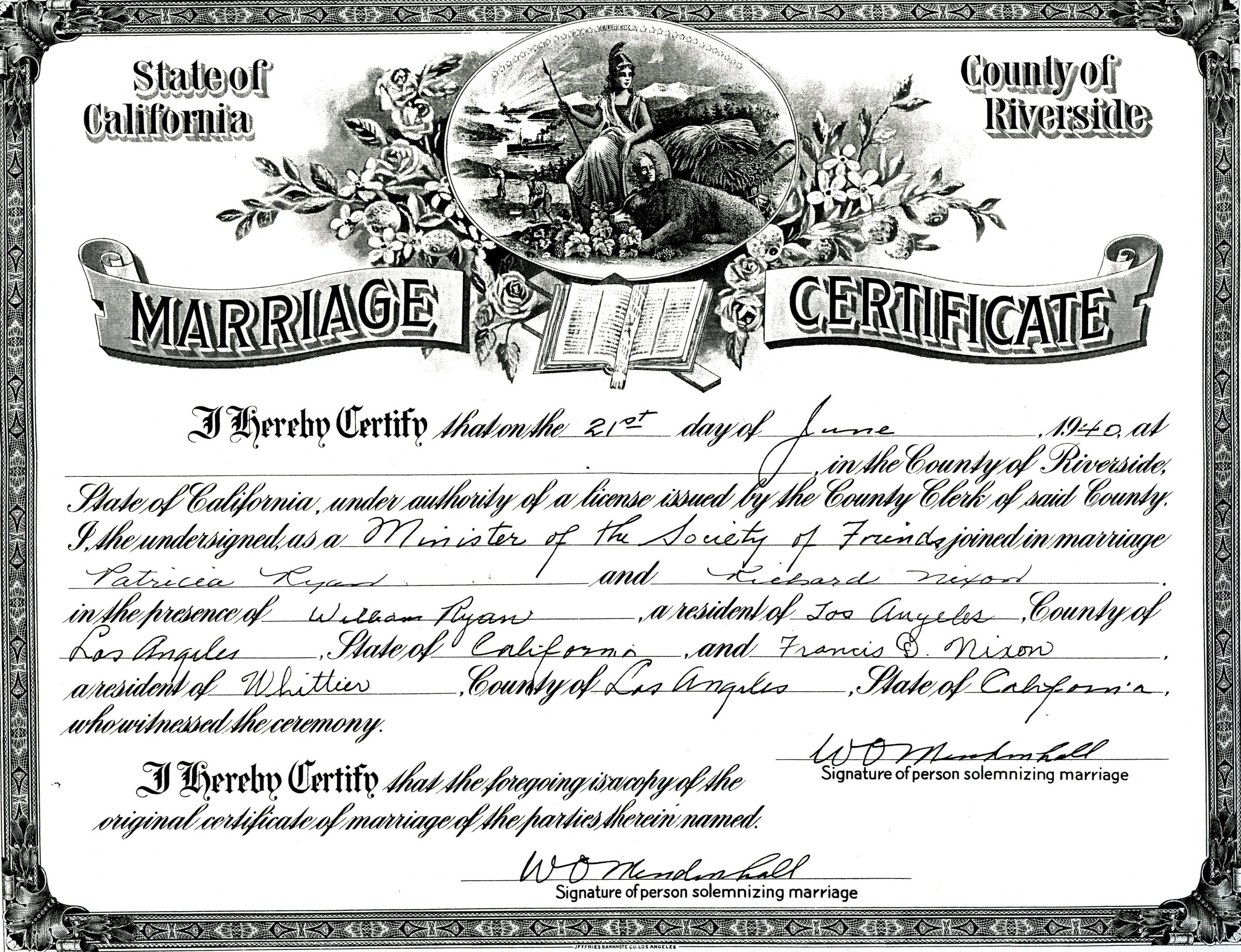
During World War II, women were entering the work force in large numbers as millions of men joined the armed forces. With Pat’s credentials, she obtained a position and an annual salary of $2,000.00 with the Office of Price Administration (OPA) – a federal agency established to help control prices during the course of the war.
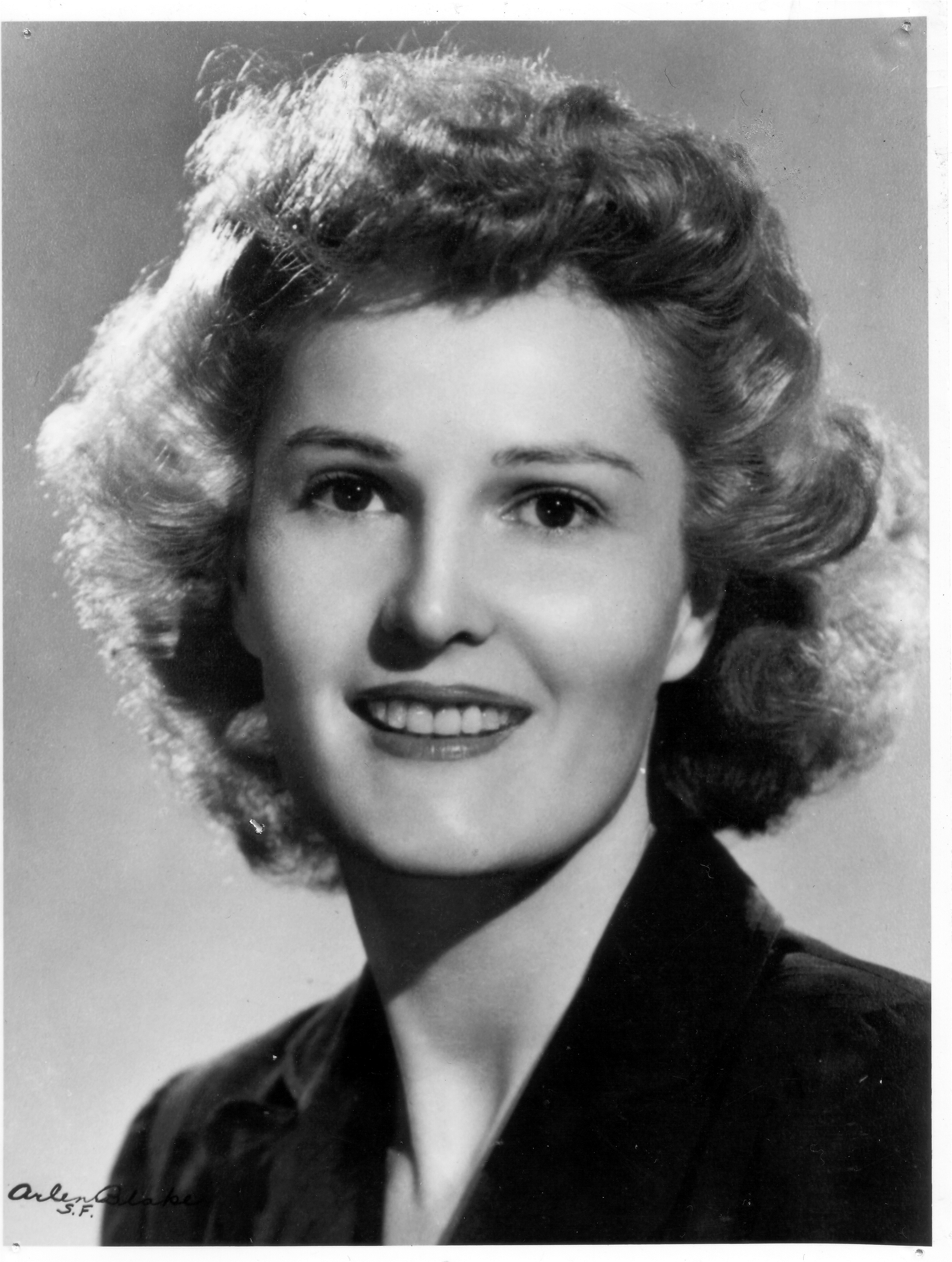
The Pat and Dick Team, began with a victory in 1946 as Richard Nixon was the first citizen from Whittier to be elected to Congress.
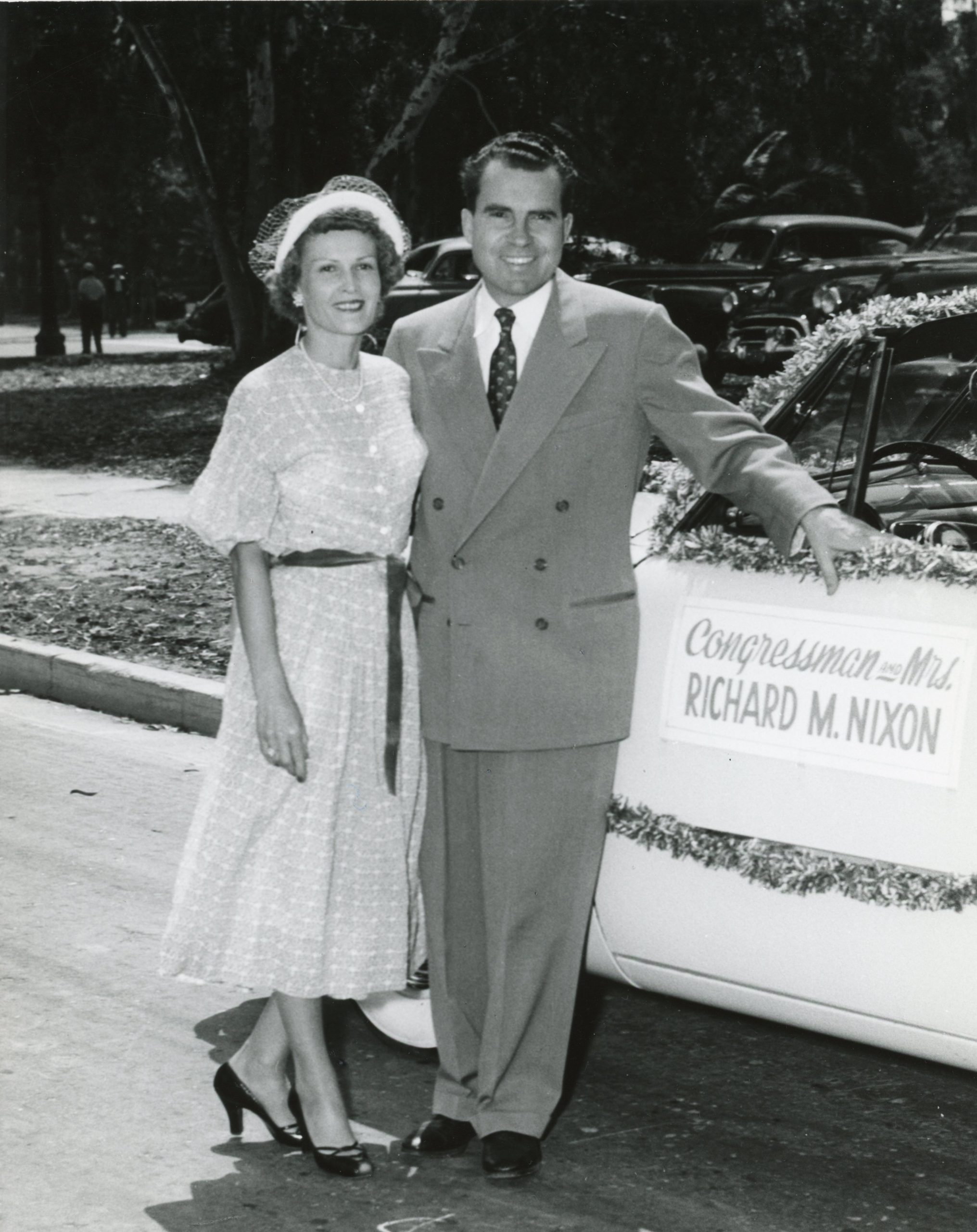
In 1952, Richard Nixon was approached to be the running mate of General Dwight D. Eisenhower in the Presidential election, thus began another round of campaigning for the Pat and Dick Team. The Fund Crisis made the campaign difficult, however the crisis did not slow their determination to win. The 1952 Presidential Election concluded on November 6 with Eisenhower and Nixon claiming victory.
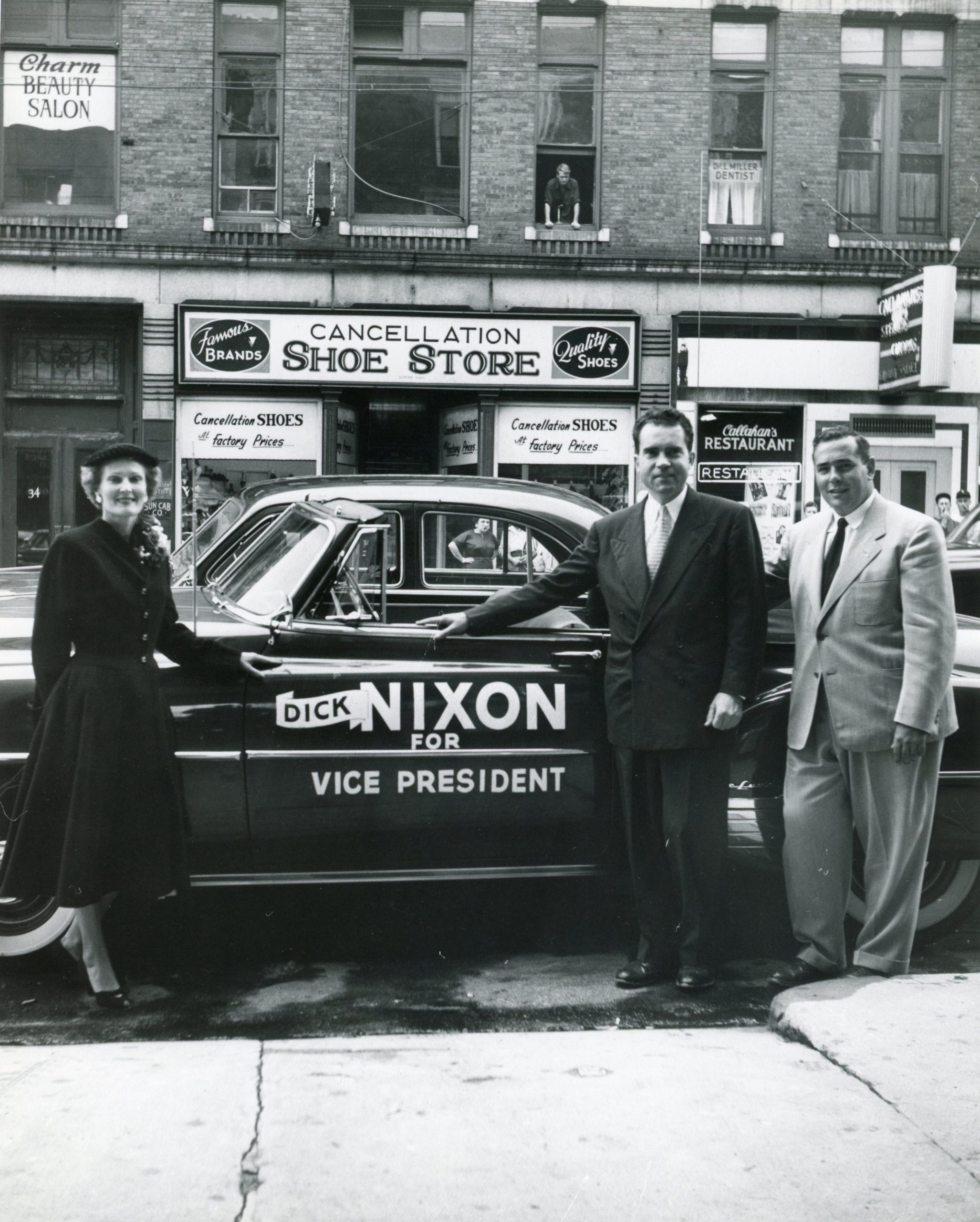
On January 20, 1953, in the height of winter, Pat Nixon stood on the balcony of the Capital Building during the 1953 Presidential Inauguration.
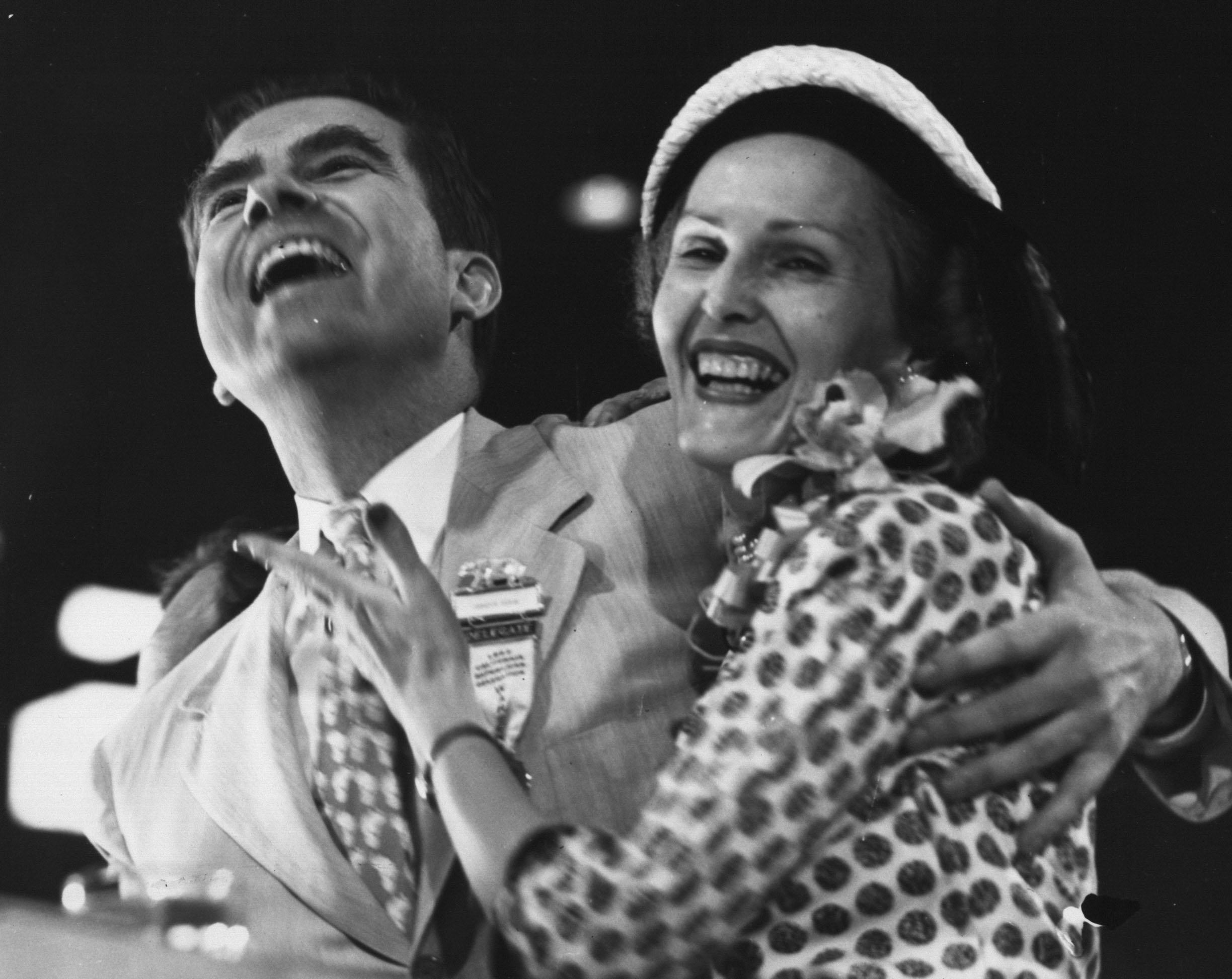
In 1953, President Eisenhower asked the Vice President and Pat Nixon to represent the United States on a “Goodwill Tour.” Crossing oceans, continents, and time zones, the Nixons and their official party of just five had to cope with the challenging conditions of international travel in the days before the “Jet Age.” At each stop, Second Lady Pat Nixon departed from the normal round of official appointments, instead she visited more than two hundred schools, hospitals, and other public institutions looking into social and educational conditions. Pat Nixon met with hospital patients, visited with residents in public housing projects, and spent time with children in schools and orphanages. She would, according to one newspaper reporter, go anywhere she could to “earn friends for the U.S.”
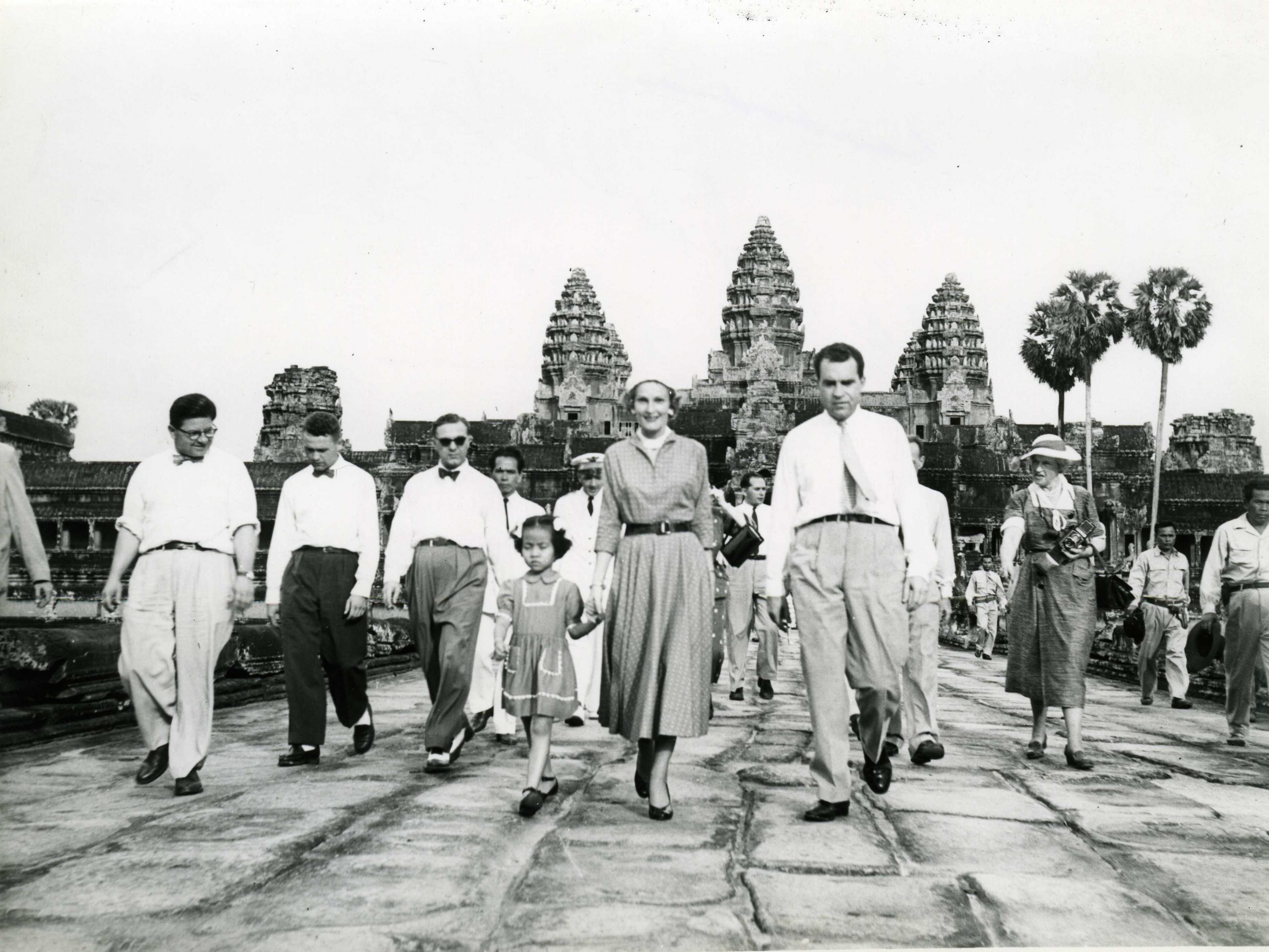
1955 Goodwill Tour
While visiting the Panama, Second Lady Pat Nixon was the first foreign dignitary to ever visit patients at the Palo Seco leprosy hospital.
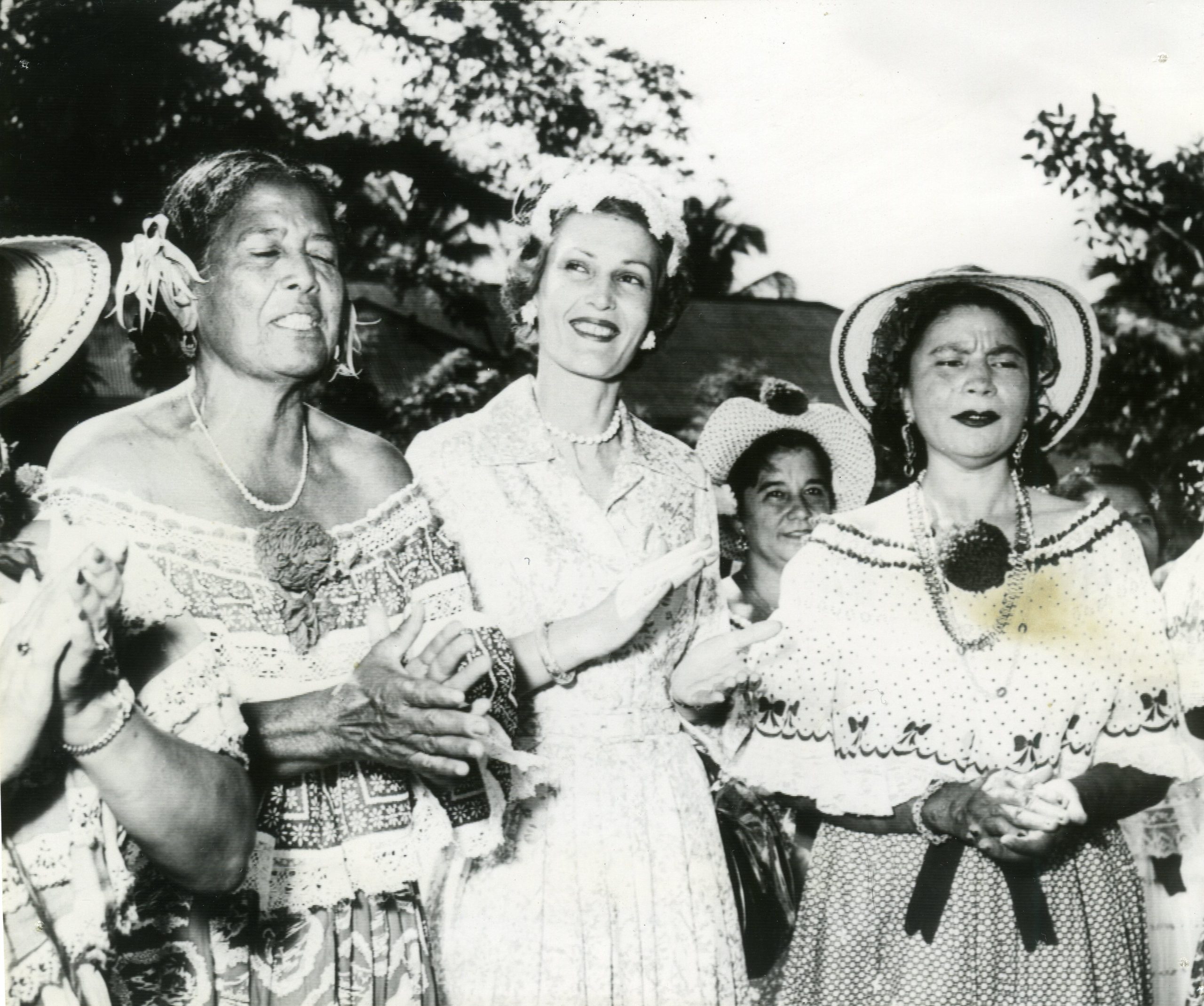
1958 Goodwill Tour
Seeking to strengthen the United States’ position in South America, the Nixon traveled to Uruguay, Argentina, Paraguay, Bolivia, Peru, Ecuador, Colombia, and Venezuela in April 1958. The first several stops on the trip were uneventful. But when the Nixon’s reached Peru, violence-prone mobs led by Communist agitators threatened the Nixons safety. Reports that an attempt would be made on their lives in Venezuela reached the Secret Service which traveled with them.
As the Nixons landed in Caracas, Venezuela’s capital, an angry, seething mob disrupted the arrival ceremony. Throwing stones and spitting at the Vice President and Mrs. Nixon, the hostile airport reception was just the first of the dangers the Nixons would face that day. As their motorcade drove through the capital city, more than 500 demonstrators quickly mobbed the cars, beating the windows with lead pipes and baseball bats. Others began to rock the cars, hoping to overturn them. The brutal assault lasted for 12 minutes. Finally a path was cleared and the cars sped to safety. The Nixon’s were very nearly killed in Caracas, but Pat Nixon remained, in the words of an aide was in the car with her, “serene.”
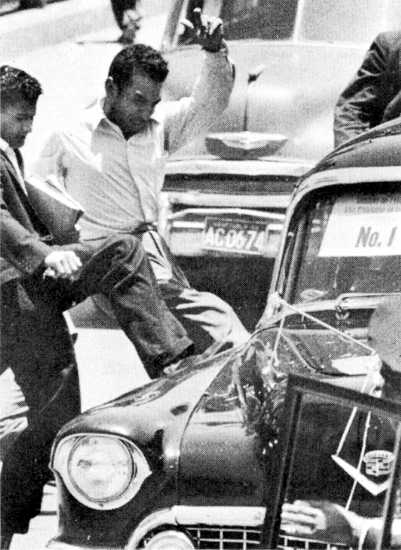
VP Richard Nixon ran for President against Senator John F. Kennedy. Pat Nixon campaigned alongside her husband and traveled to all 50 states during the campaign. Kennedy defeated Nixon by the smallest popular-vote margin in American history.
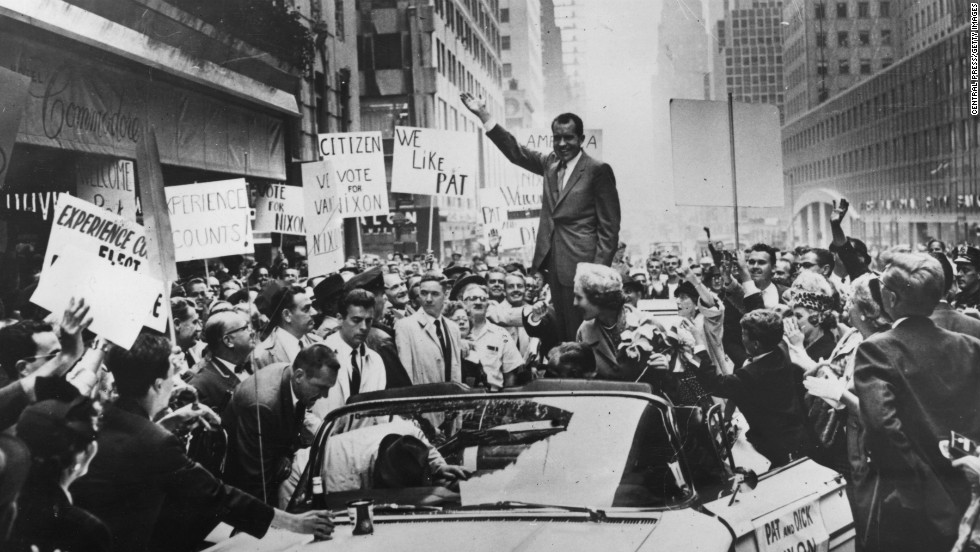
Pat Nixon campaigned with her husband when he made a run for governor of California against the incumbent Governor Pat Brown. Richard Nixon lost and stated, “Gentlemen, this will be my last press conference.”
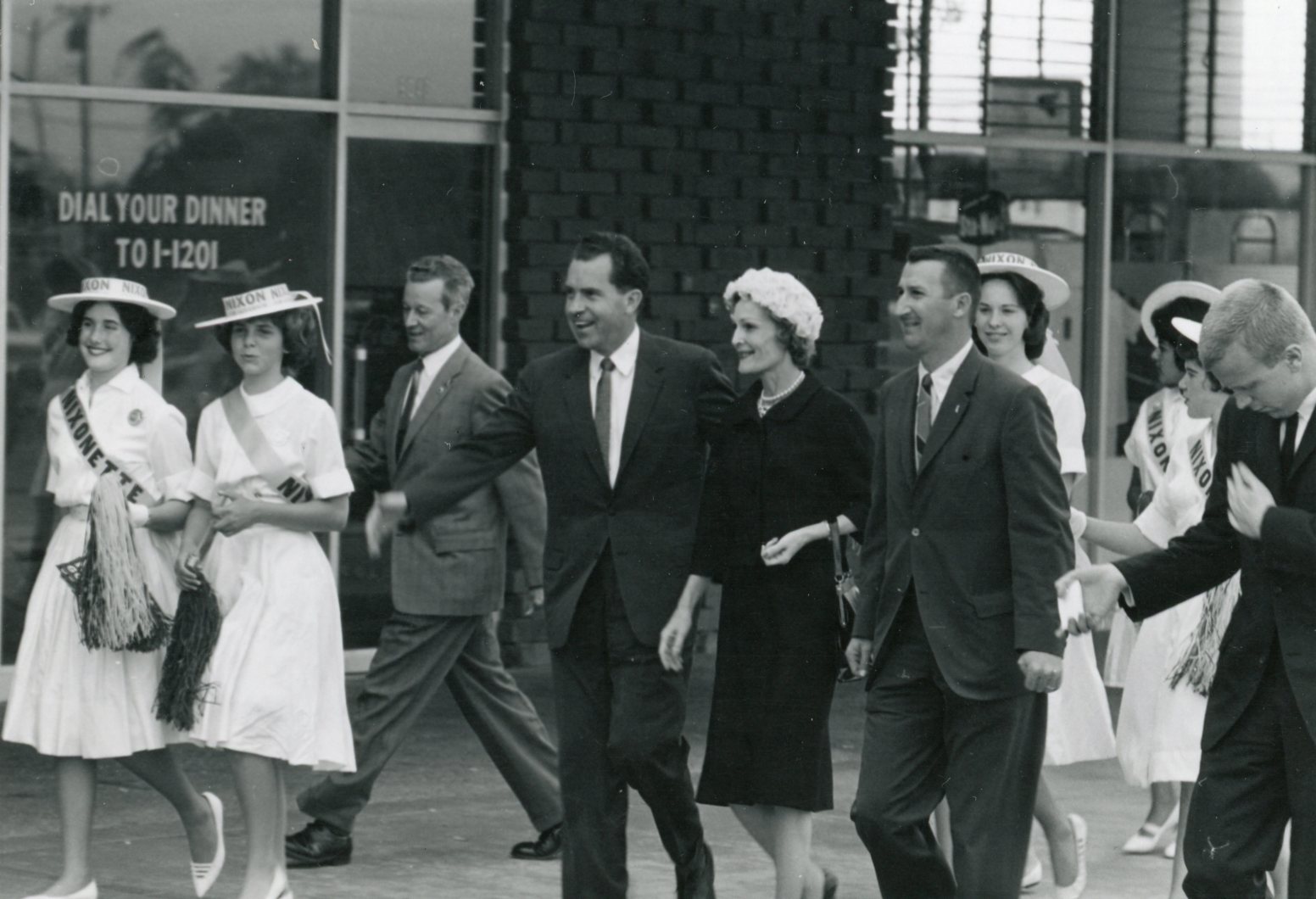
The Wilderness years were full of travel. The family ventured on a six-week tour of Europe. Their journey was the first of many international trips that would eventually lead the family back on the road to the Presidency.
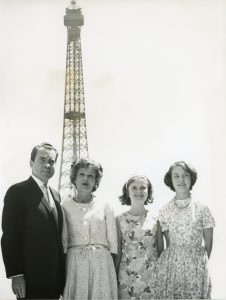
Richard Nixon’s 1968 presidential campaign was announced on February 2, 1968 and Pat Nixon maintained a schedule as demanding and exhausting as the candidates.
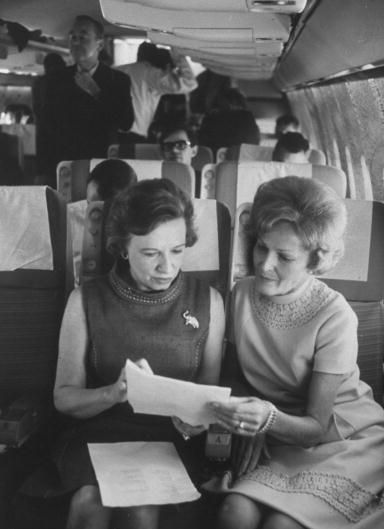
On January 20, 1969, as her husband, Richard Nixon, took the oath of office as President of the United States, Pat Nixon held the Nixon and Milhous family bibles.
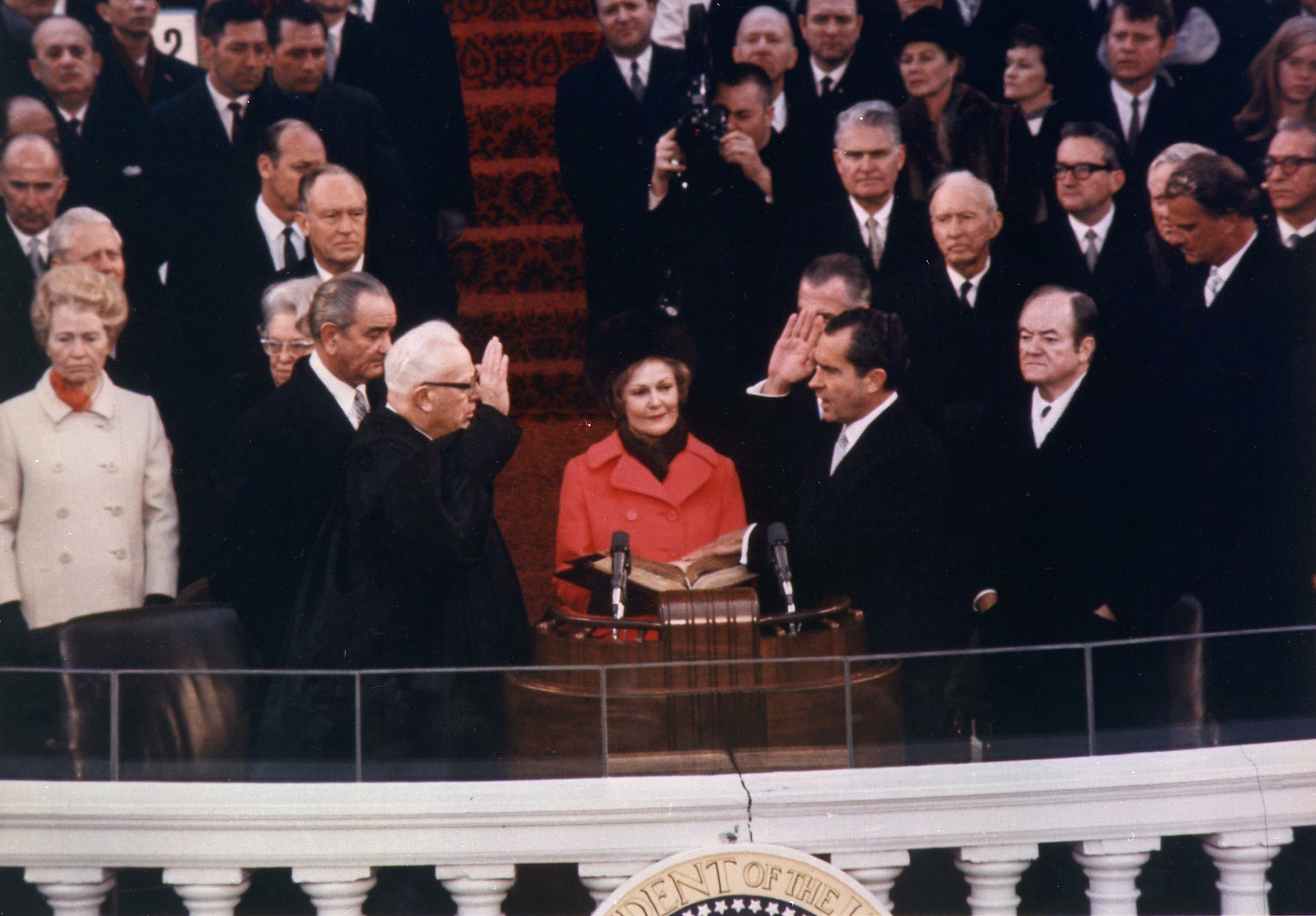
Shortly after arriving in Saigon, South Vietnam’s capital, Pat Nixon left the heavily fortified city traveling in open-door military helicopter directly over the fighting which was still ongoing. She landed first at an orphanage, visiting Vietnamese children who had lost their parents in the war. Her second stop was at an Army Hospital where she comforted wounded soldiers. During her visit, Pat Nixon was asked by several of the soldiers to send notes to their families stating that she had seen them and they were in good spirits. She fulfilled the soldiers’ requests.
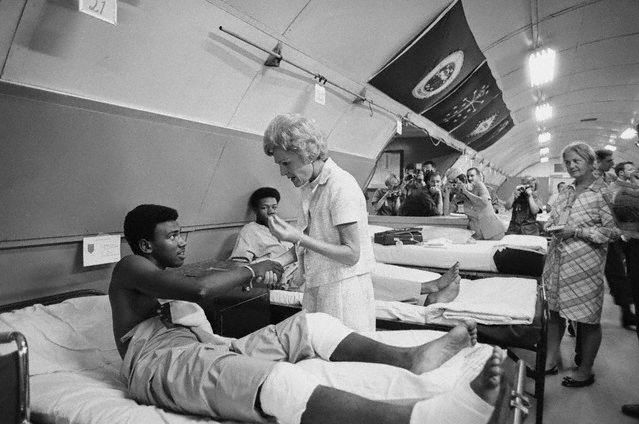
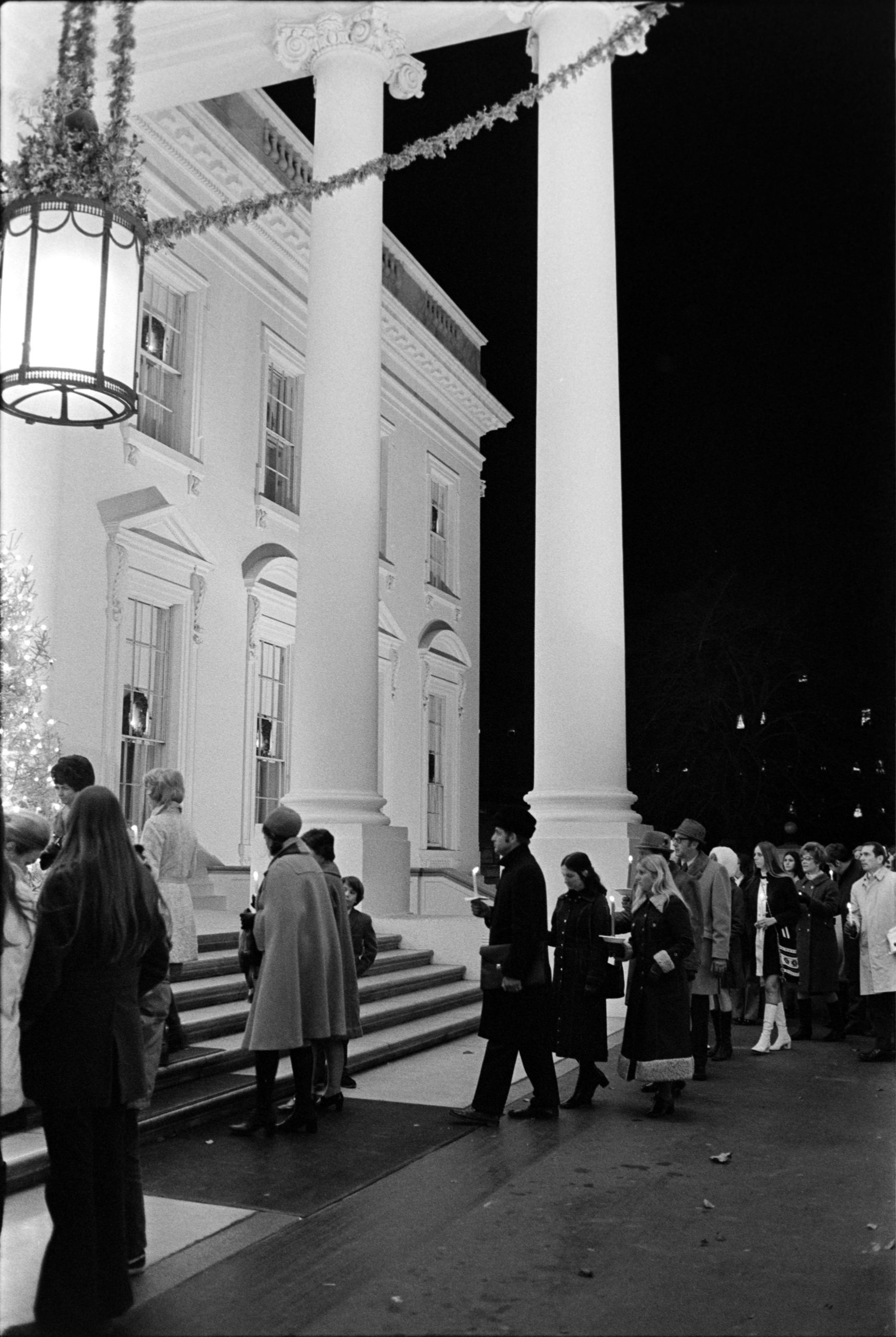
On January 28, 1970, Pat Nixon met with the Committee for the Preservation of the White House to begin plans to renovate the seven State Rooms of the White House.
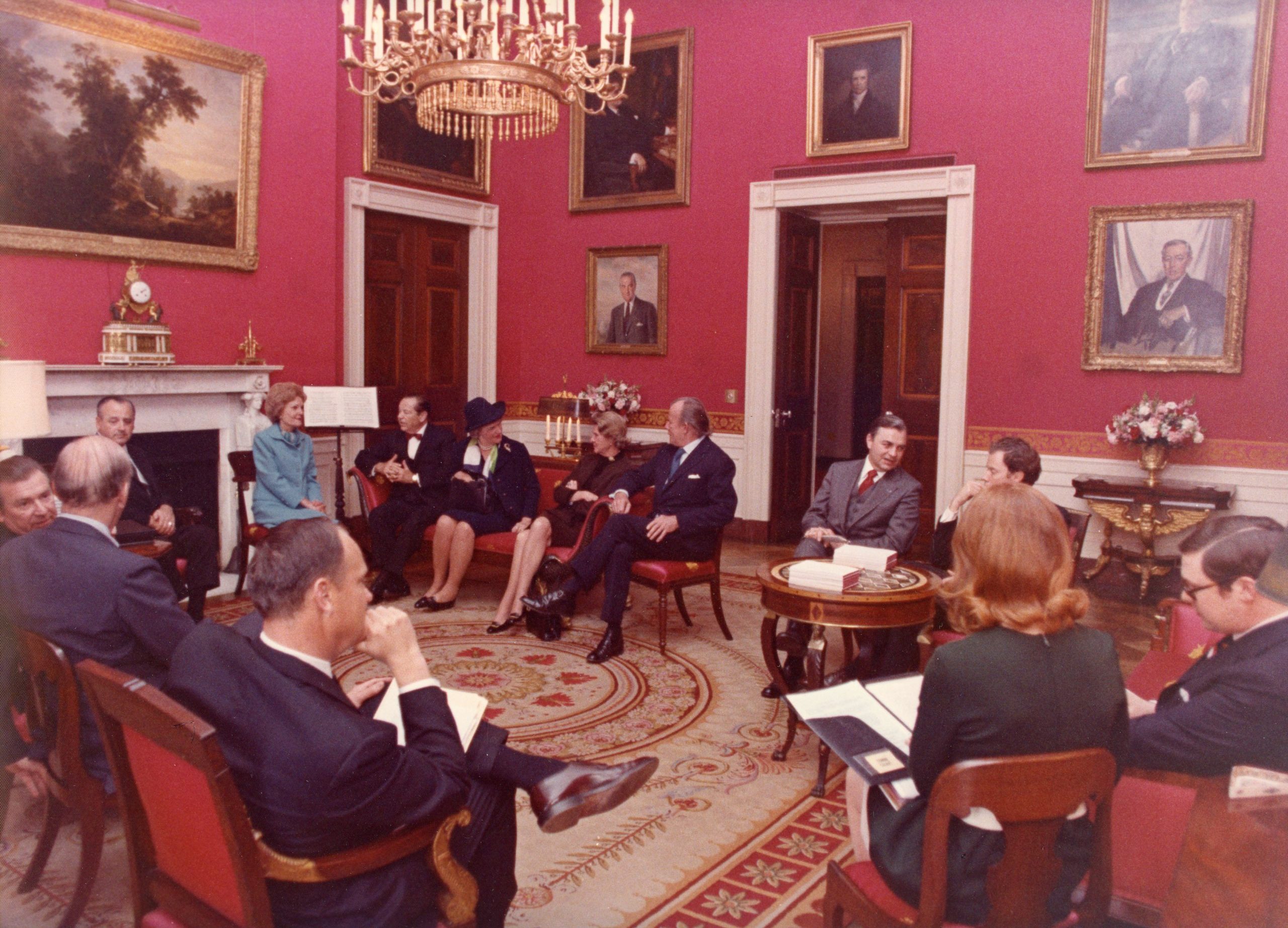
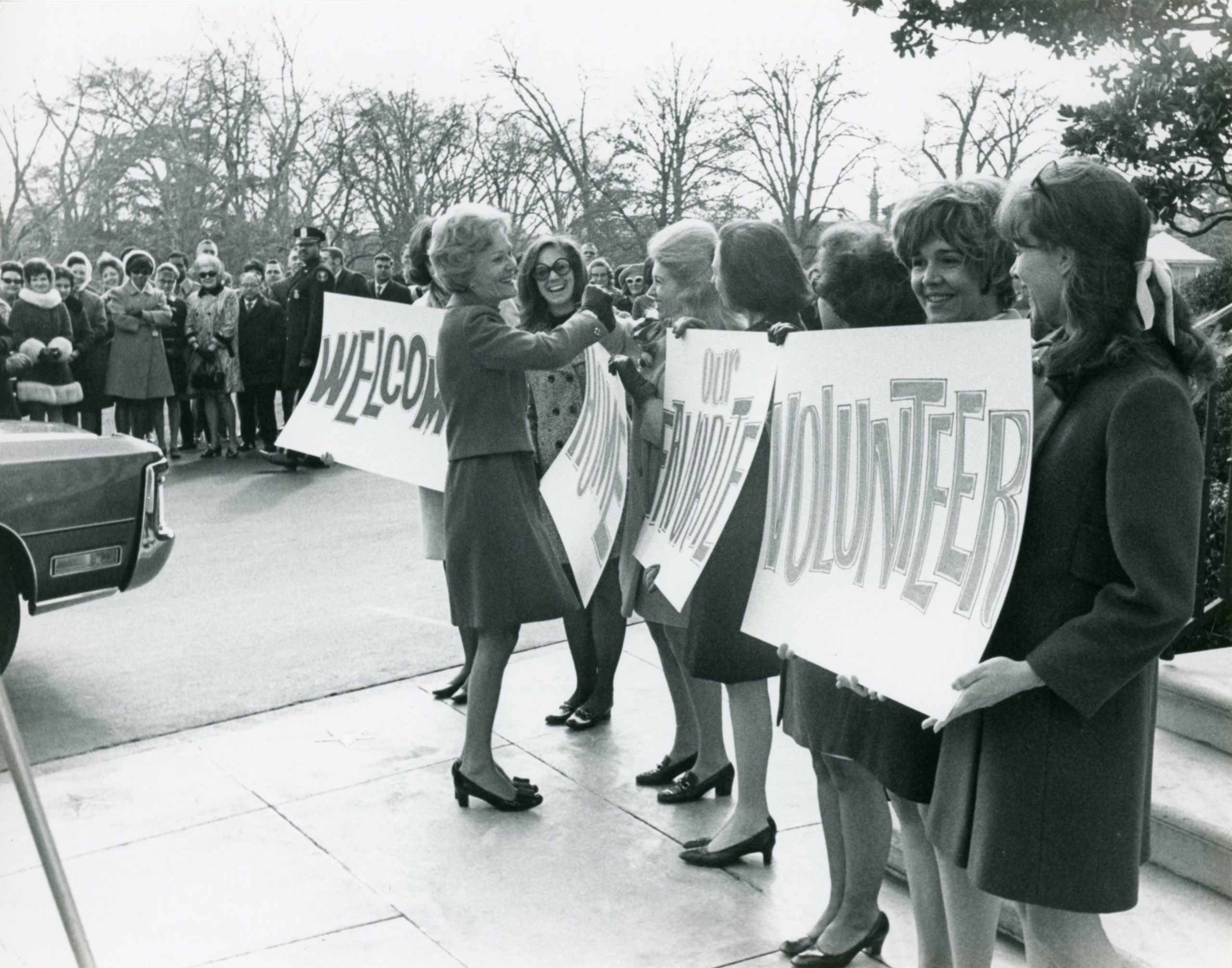
As reports of the destruction slowly filtered back to the United States, Pat Nixon grew increasingly concerned about those who survived the quake. Determined to help, Pat Nixon decided to travel to Peru and deliver emergency supplies.
After Pat Nixon’s visit, a high-ranking Peruvian official declared that, “this visit by Mrs. Nixon has done more to improve the relations with our country than anything the United States has done in a hundred years.” She received the highest decoration from the Peruvian Government – the Grand Cross of the Order of the Sun.
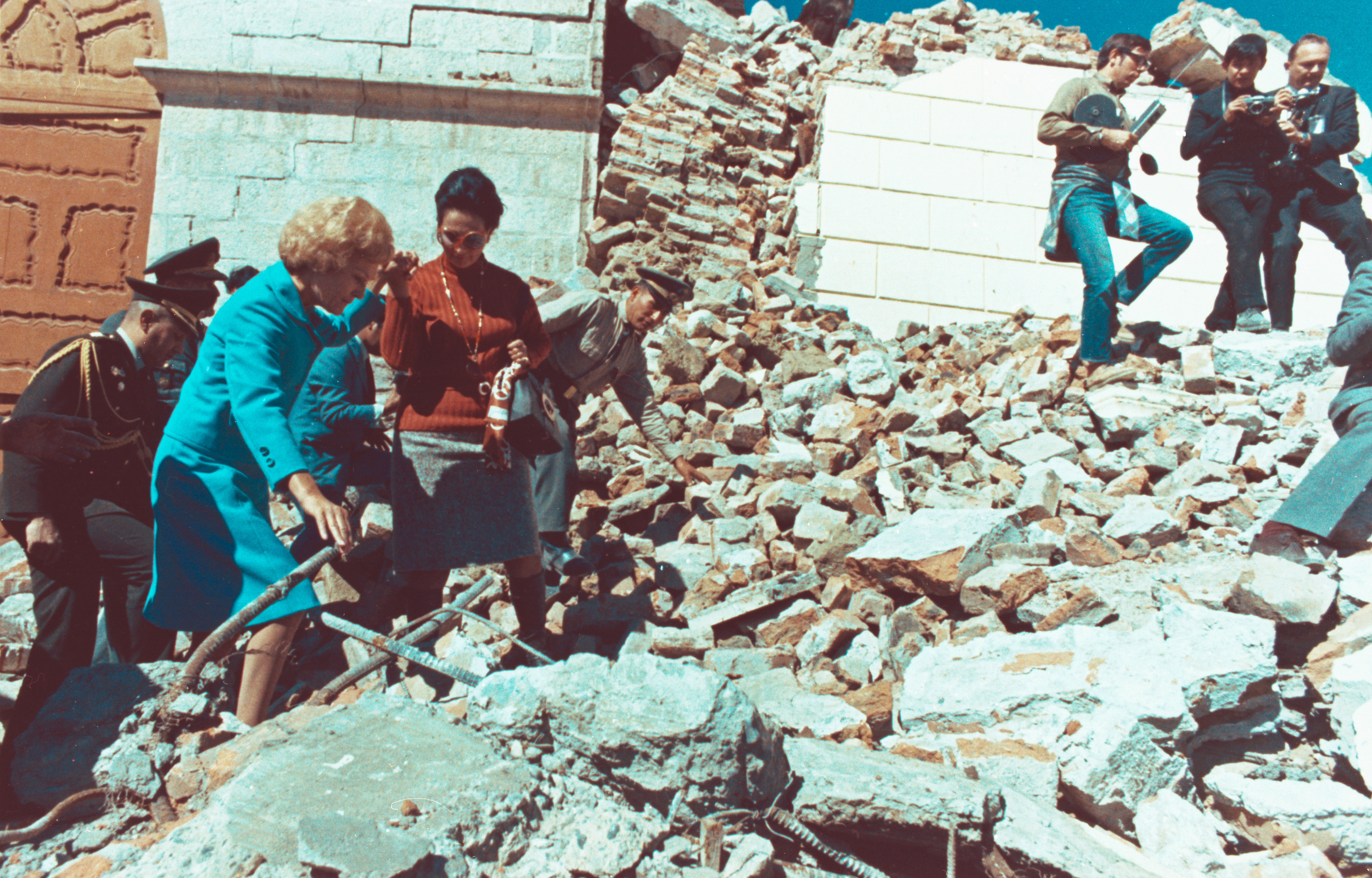
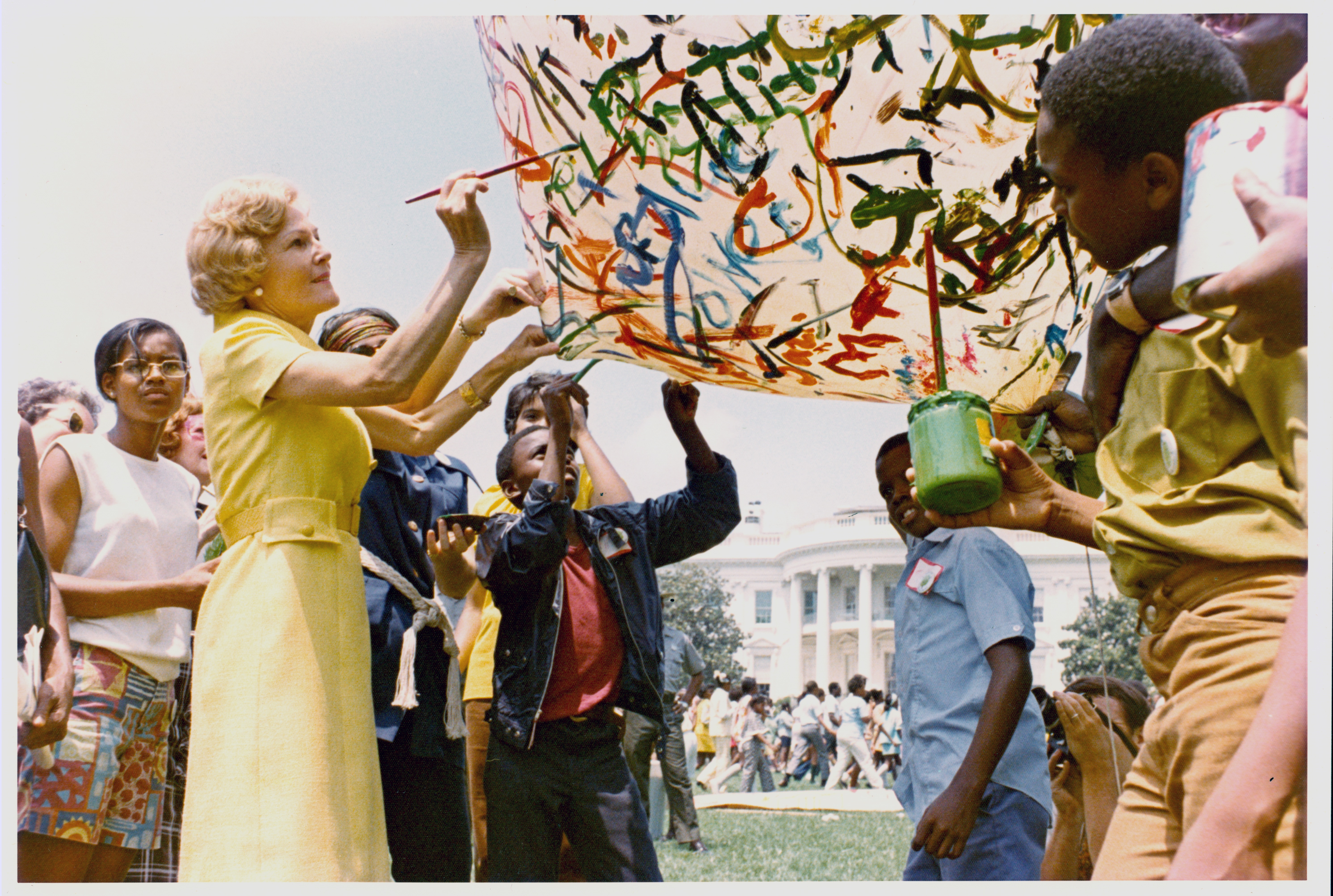
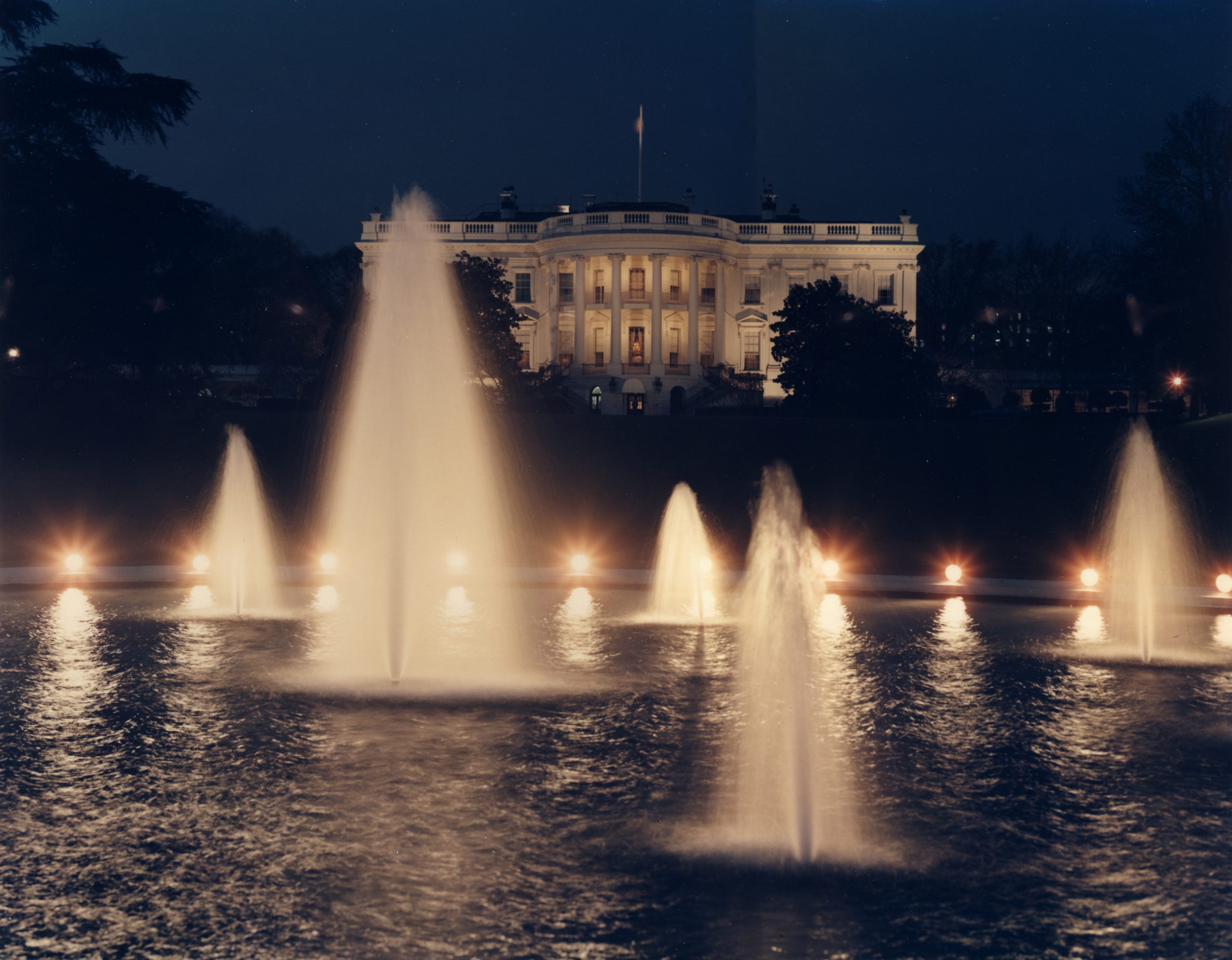
On June 17, 1971, Pat Nixon reopened the restored Vermeil Room. From the June 17 press release, “The room, once a storage and billiard room, became the Vermeil Room during the Eisenhower Administration. Mrs. Margaret Thompson Biddle of Philadelphia donated her extensive silver-guilt collection to the White House in 1956. The collection, chiefly English and French, covers a wide span from the Renaissance to the present.”
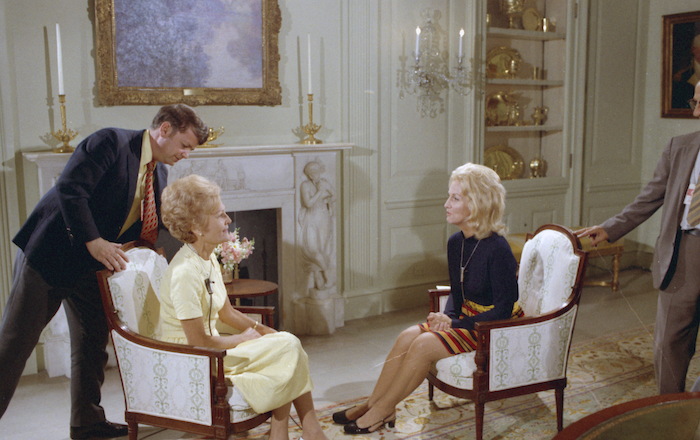
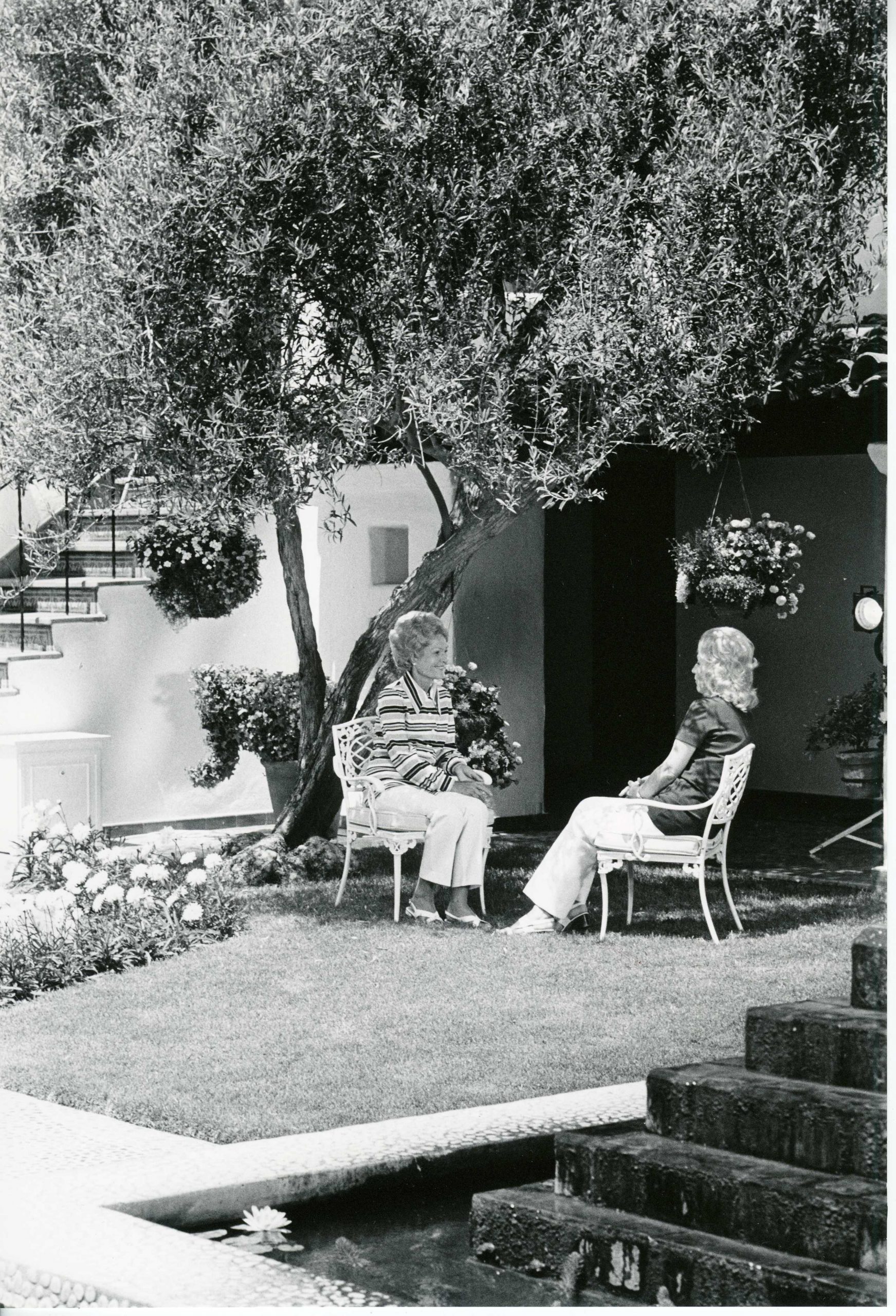
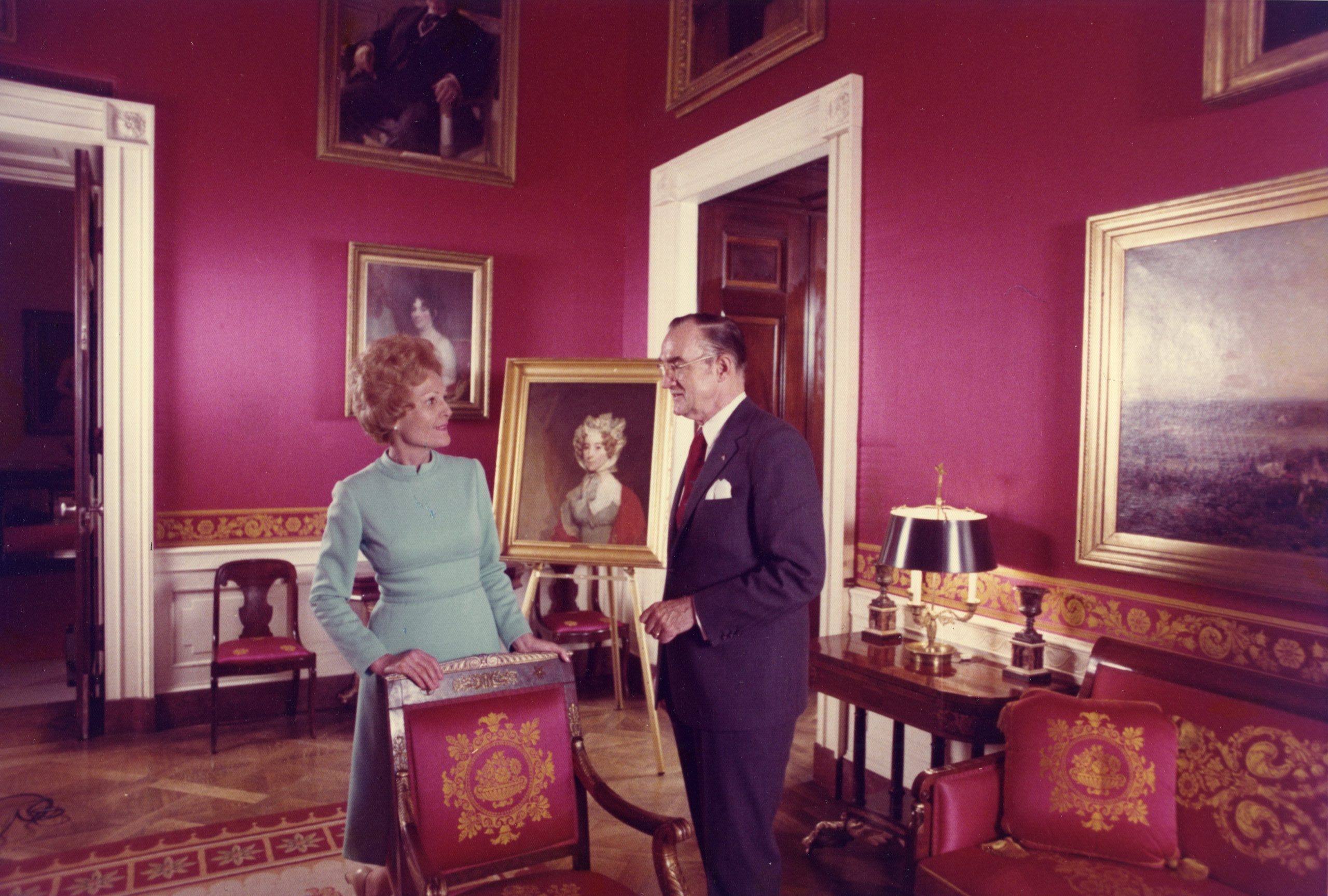
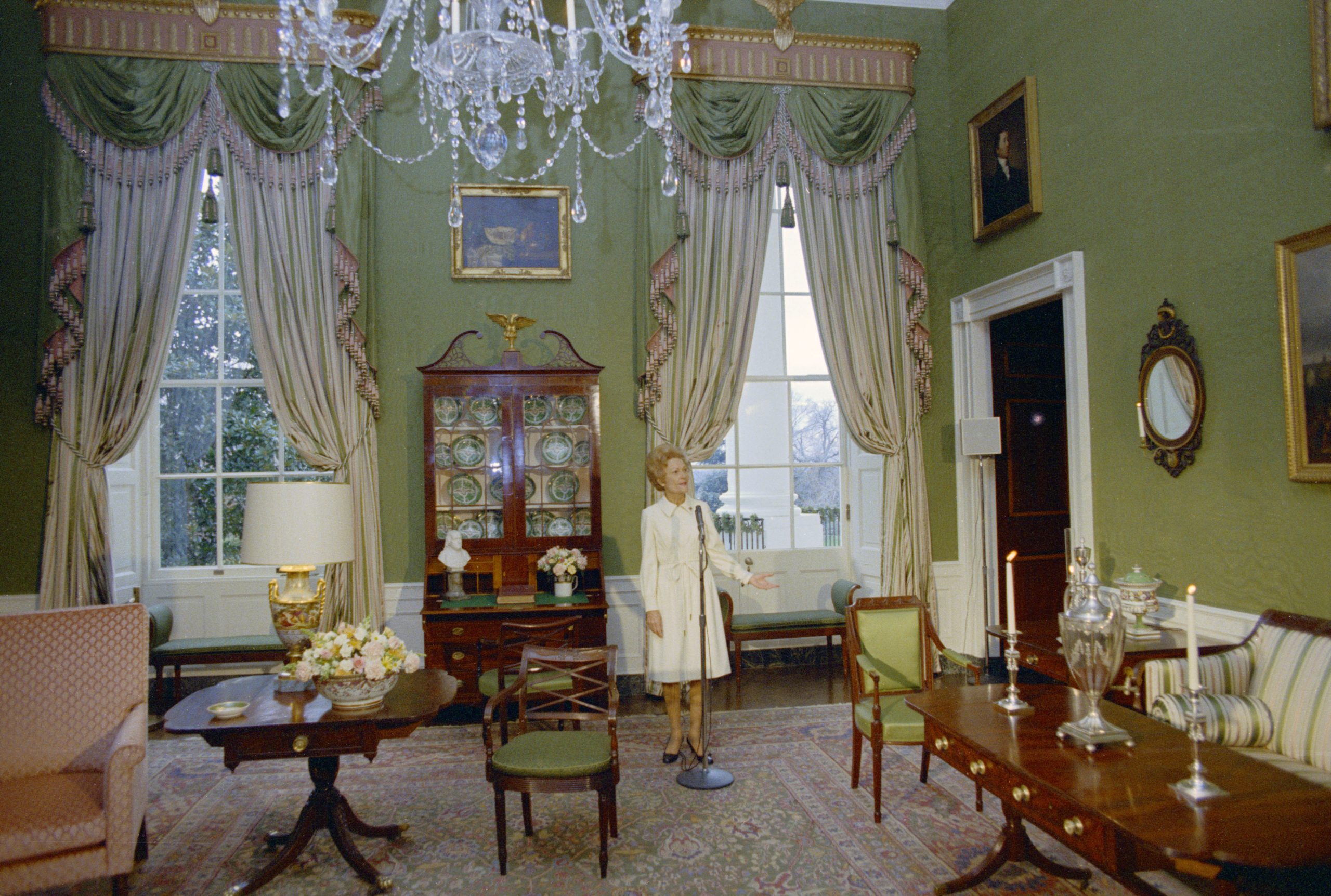
Africa Trip
Pat Nixon became the first First Lady to visit Africa. On a 10,000-mile, eight-day journey to Ghana, Liberia, and the Ivory Coast, Pat was honored with a 19-gun salute, a tribute reserved only for heads of government.
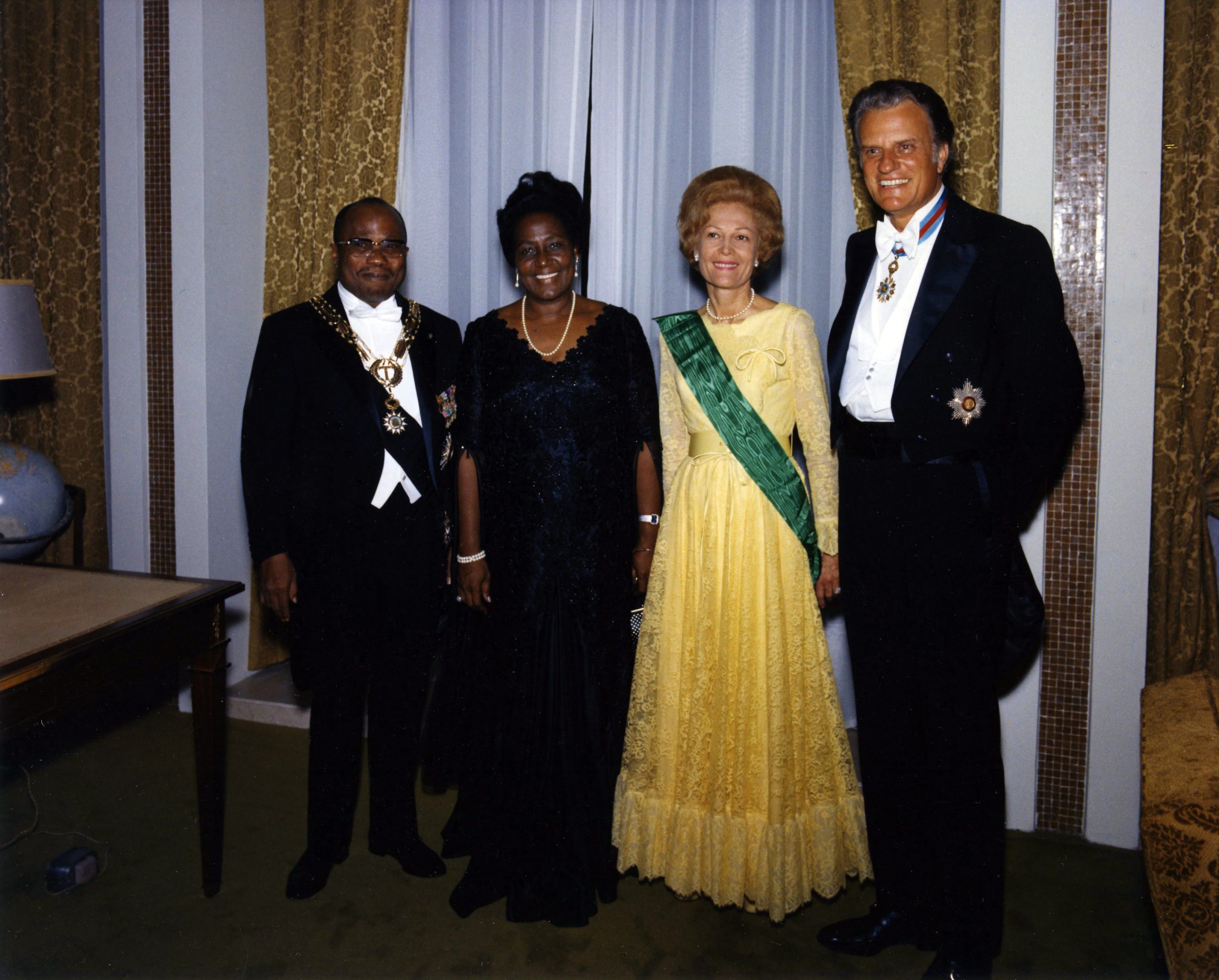
On February 21, 1972, two years into the presidency, the Nixon’s arrived in Peking (Beijing), China and were welcomed by Premier Zhou Enlai. President Richard Nixon extended his hand and shook hands with the Premier in a formal greeting. The vibrant red coat Pat Nixon wore held more significance than many had realized as the color red was the symbol of “good luck.”
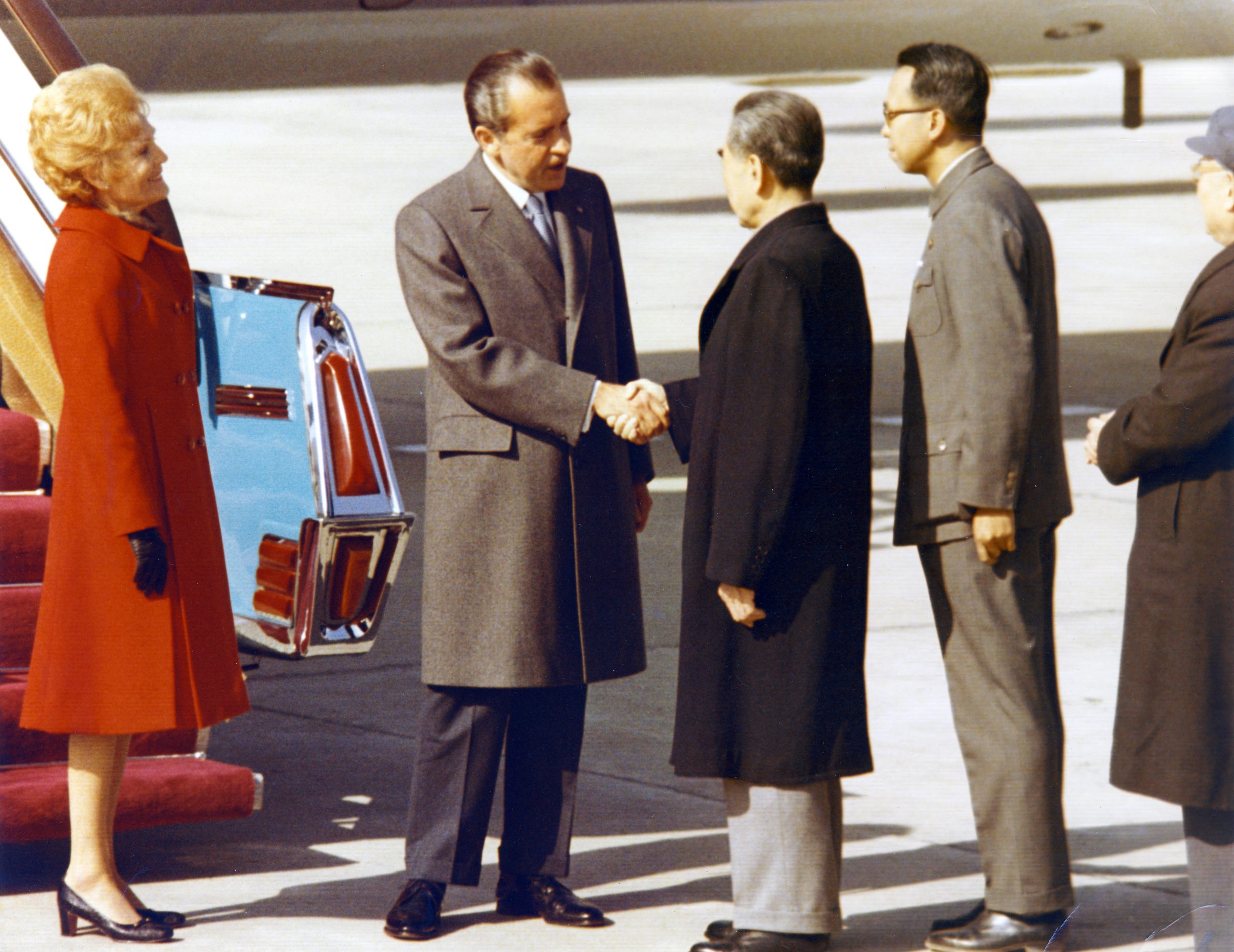
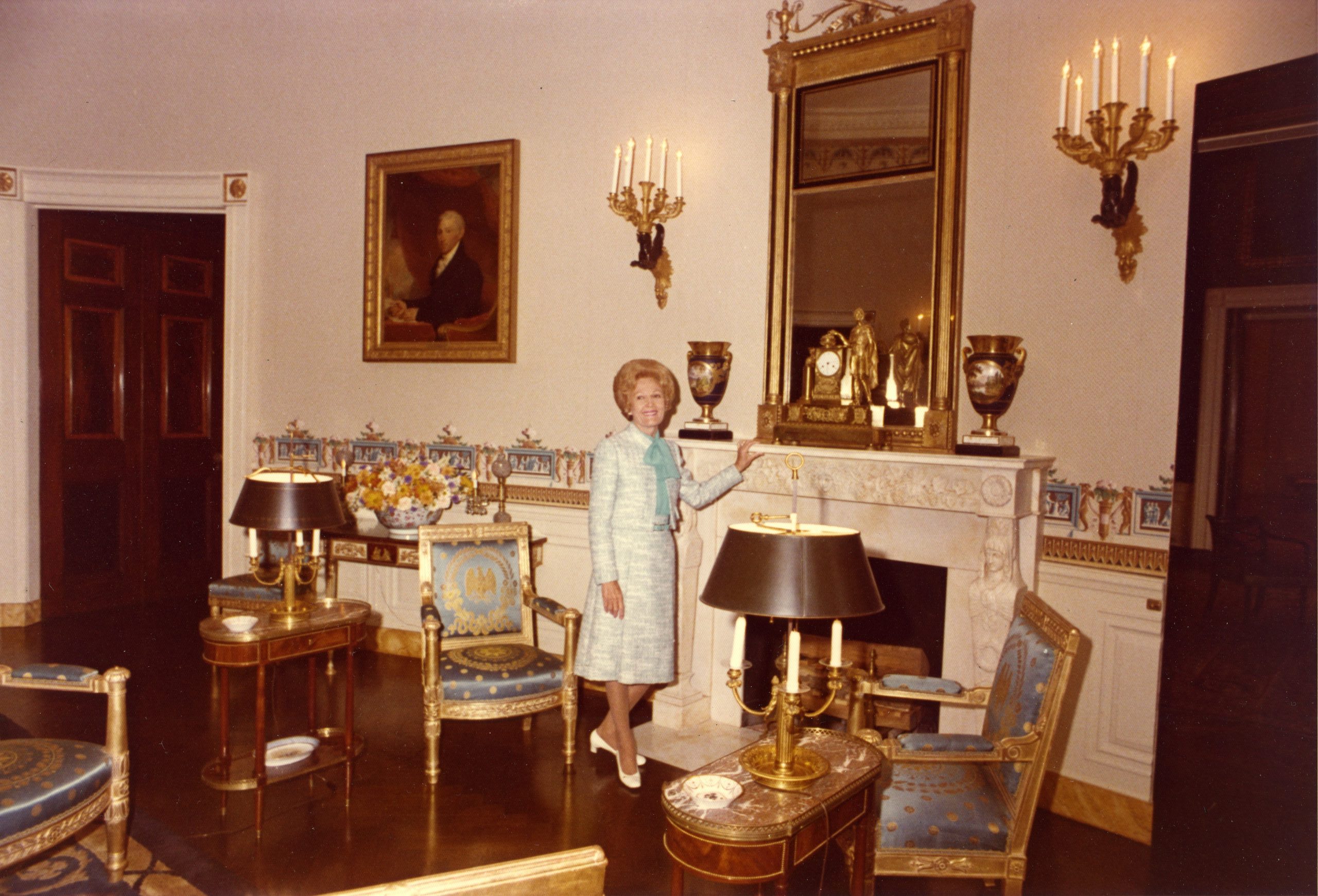
May 21-27, 1972, First Lady Pat Nixon and the President journeyed to the Soviet Union. President Nixon and Premier Leonid Brezhnev signed the historic agreement on the limitation of strategic arms (SALT).
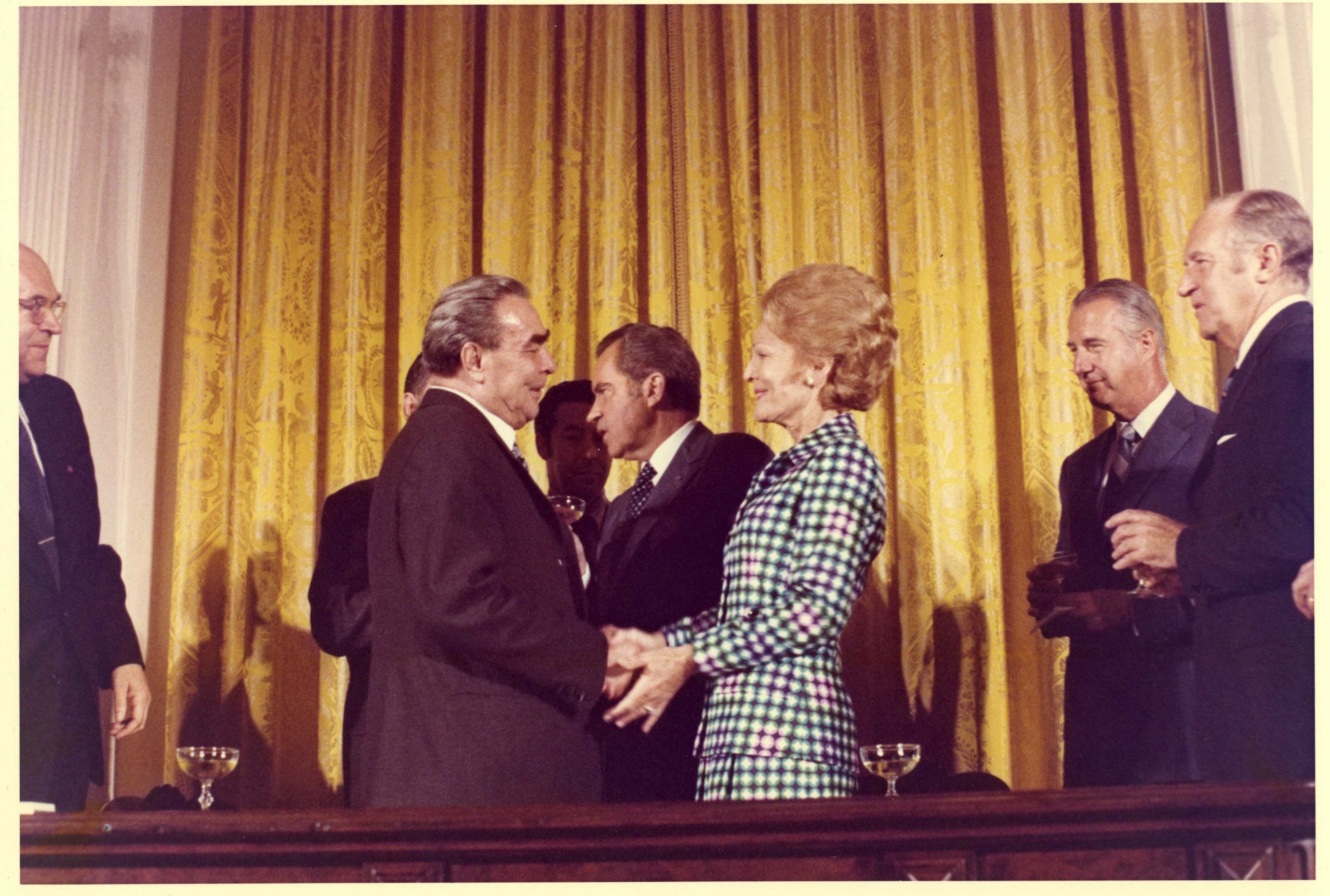
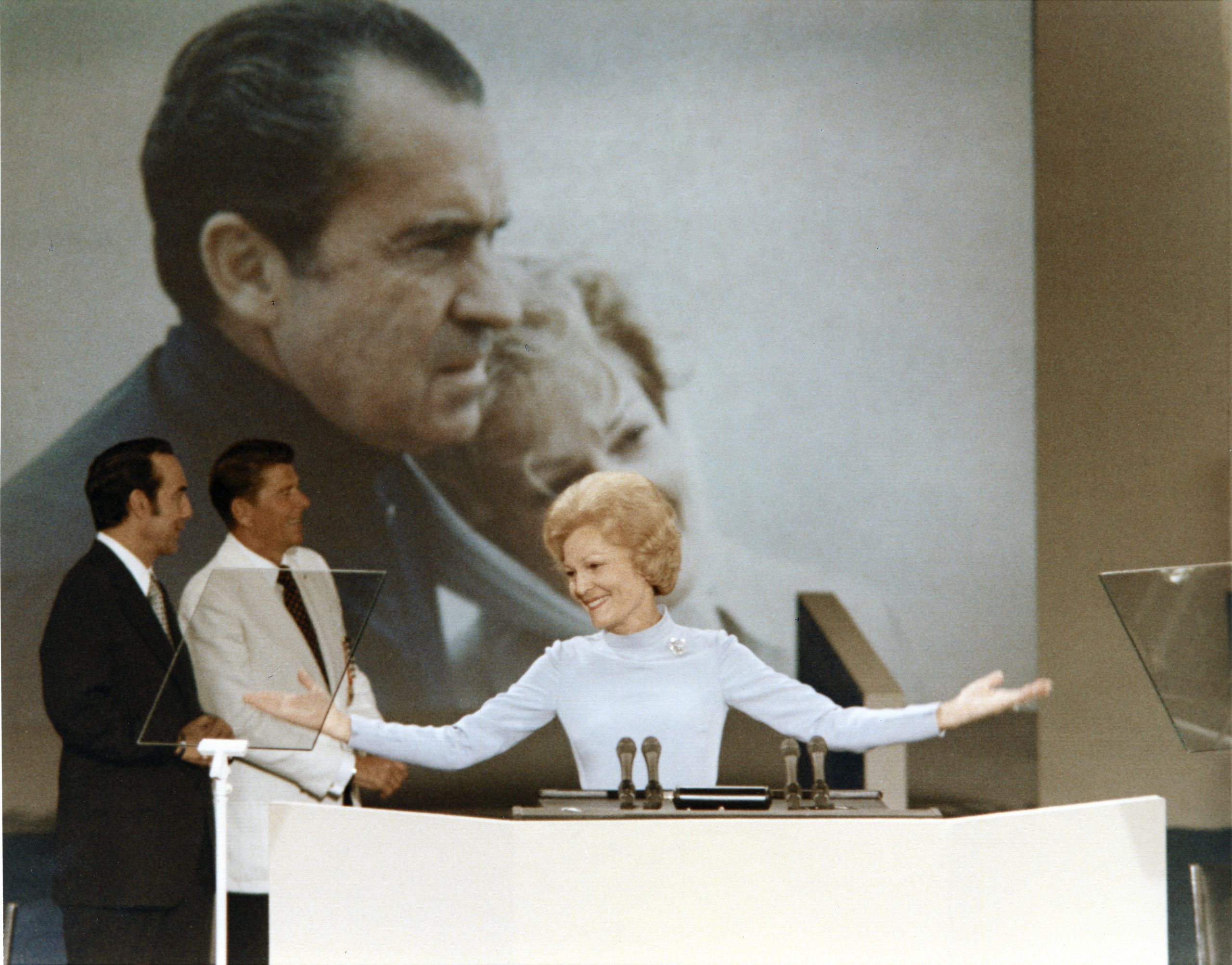
On January 20, 1973, President Nixon was re-elected with largest mandate in American history, winning 49 out 50 states, and nearly 61 percent of the popular vote.
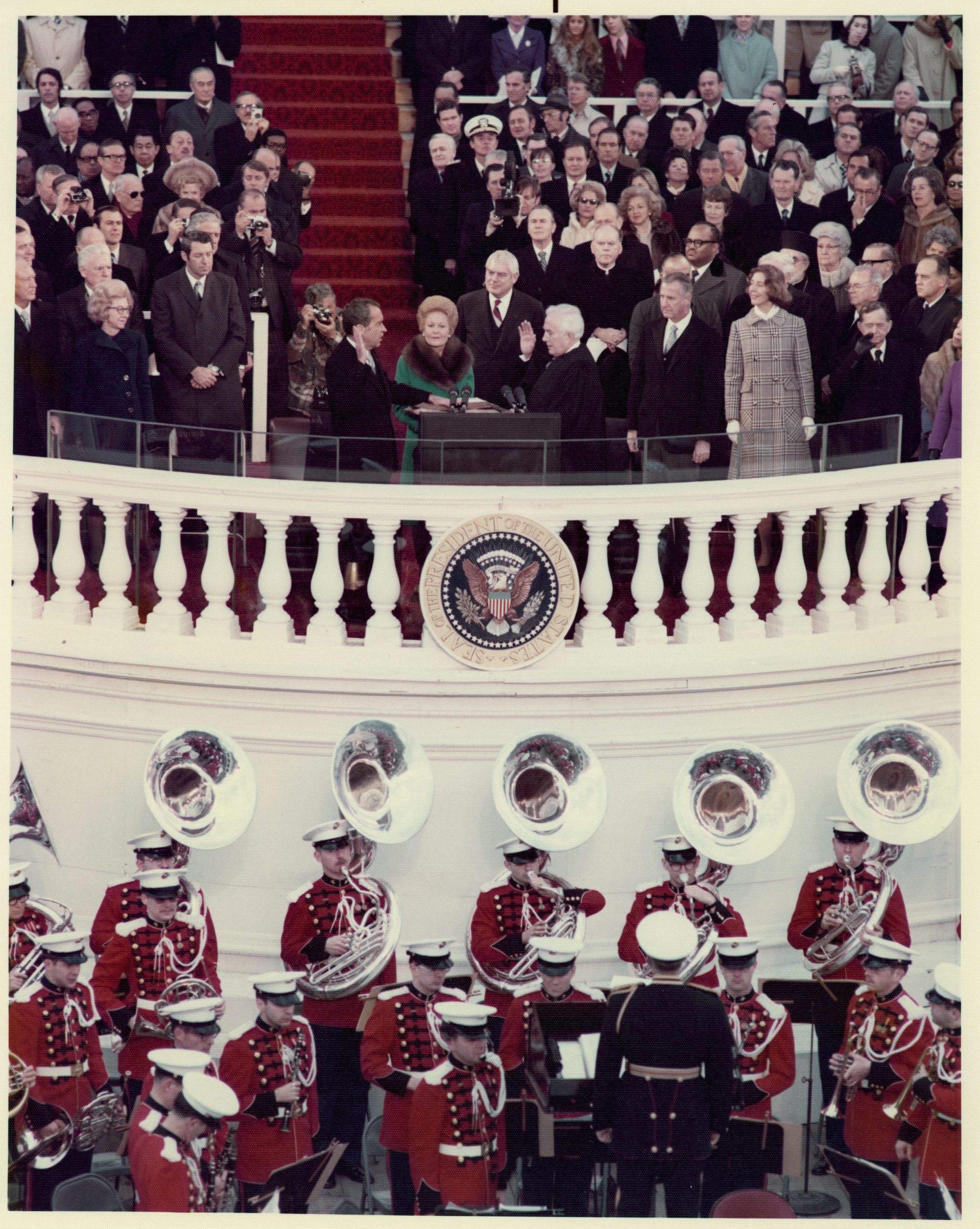
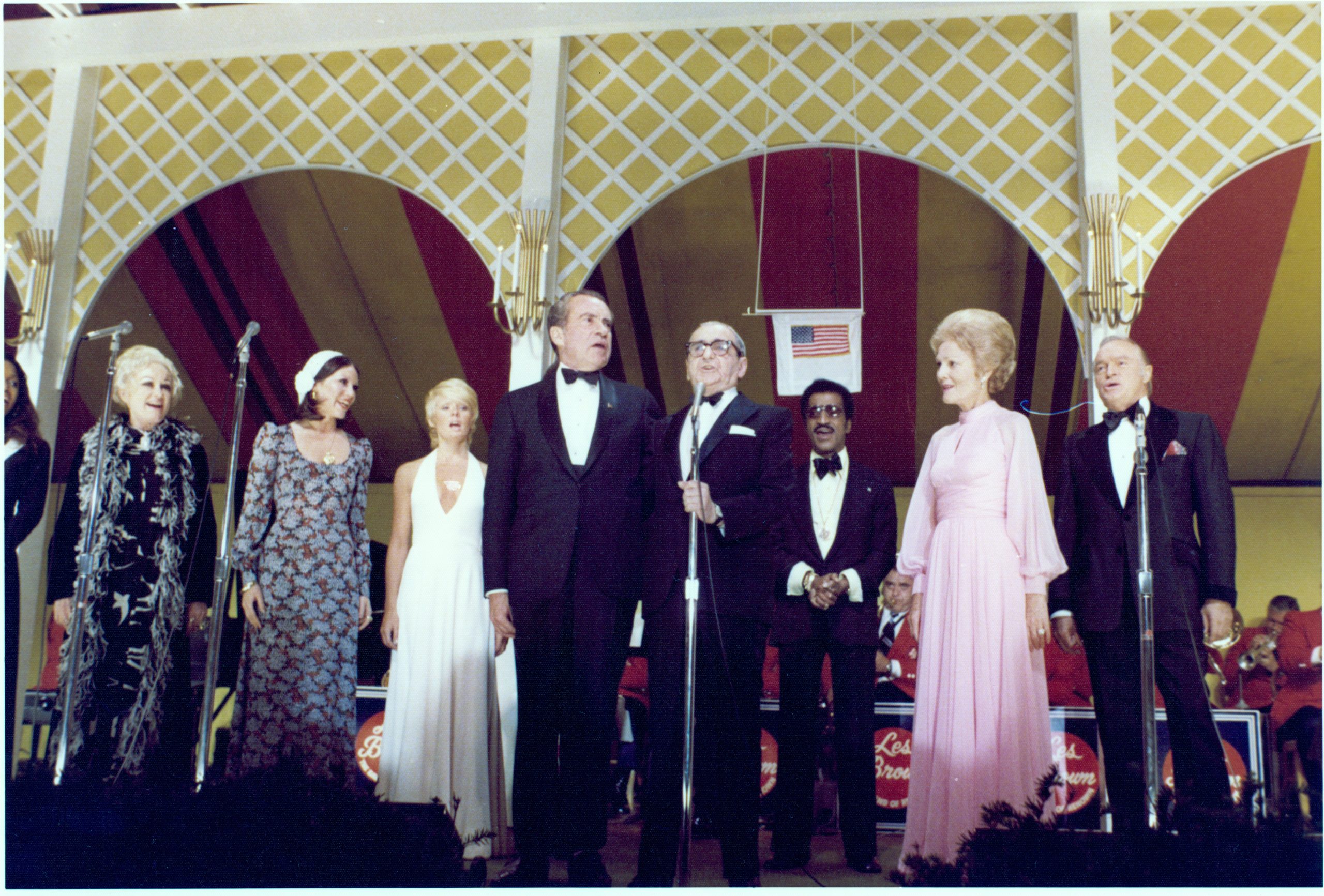
June 1974, Pat Nixon accompanied President Nixon on a trip to Egypt, Israel, Jordan, Syria, and Saudi Arabia.
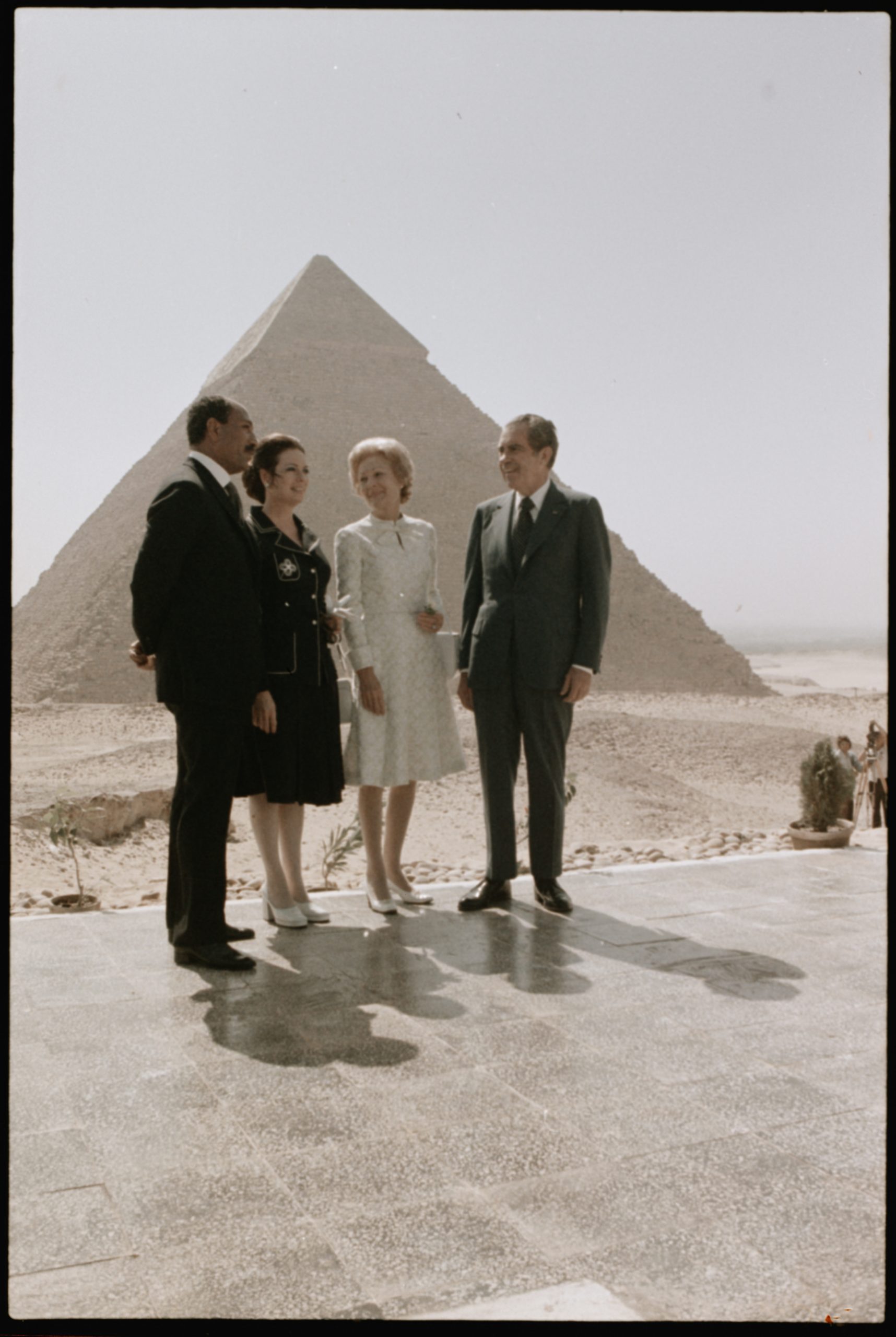
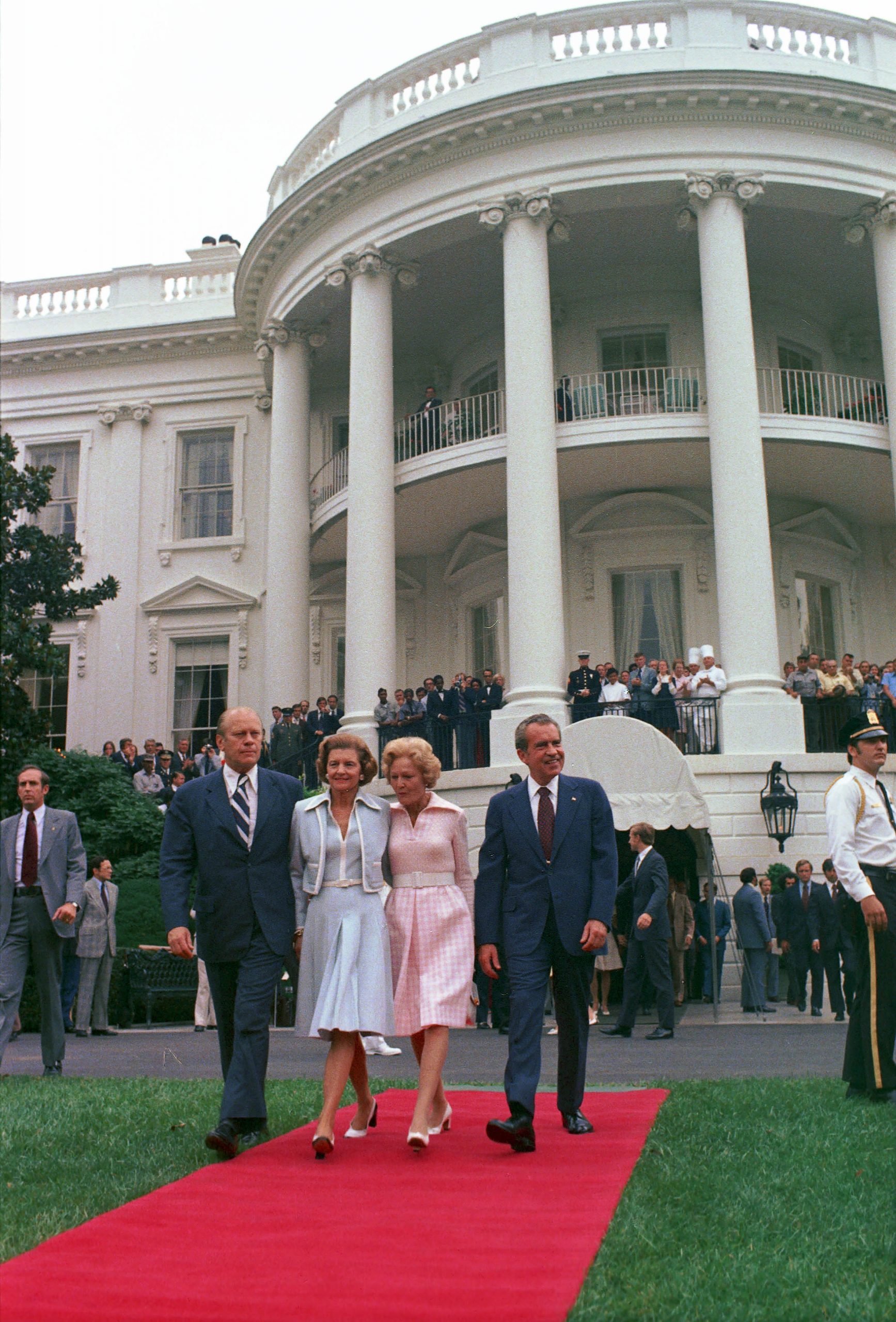
May 1975 – Pat Nixon traveled back to her hometown of Artesia, now called Cerritos for the opening of an elementary school named in her honor. She remarked with happiness, “I’m proud to have the school carry my name.”
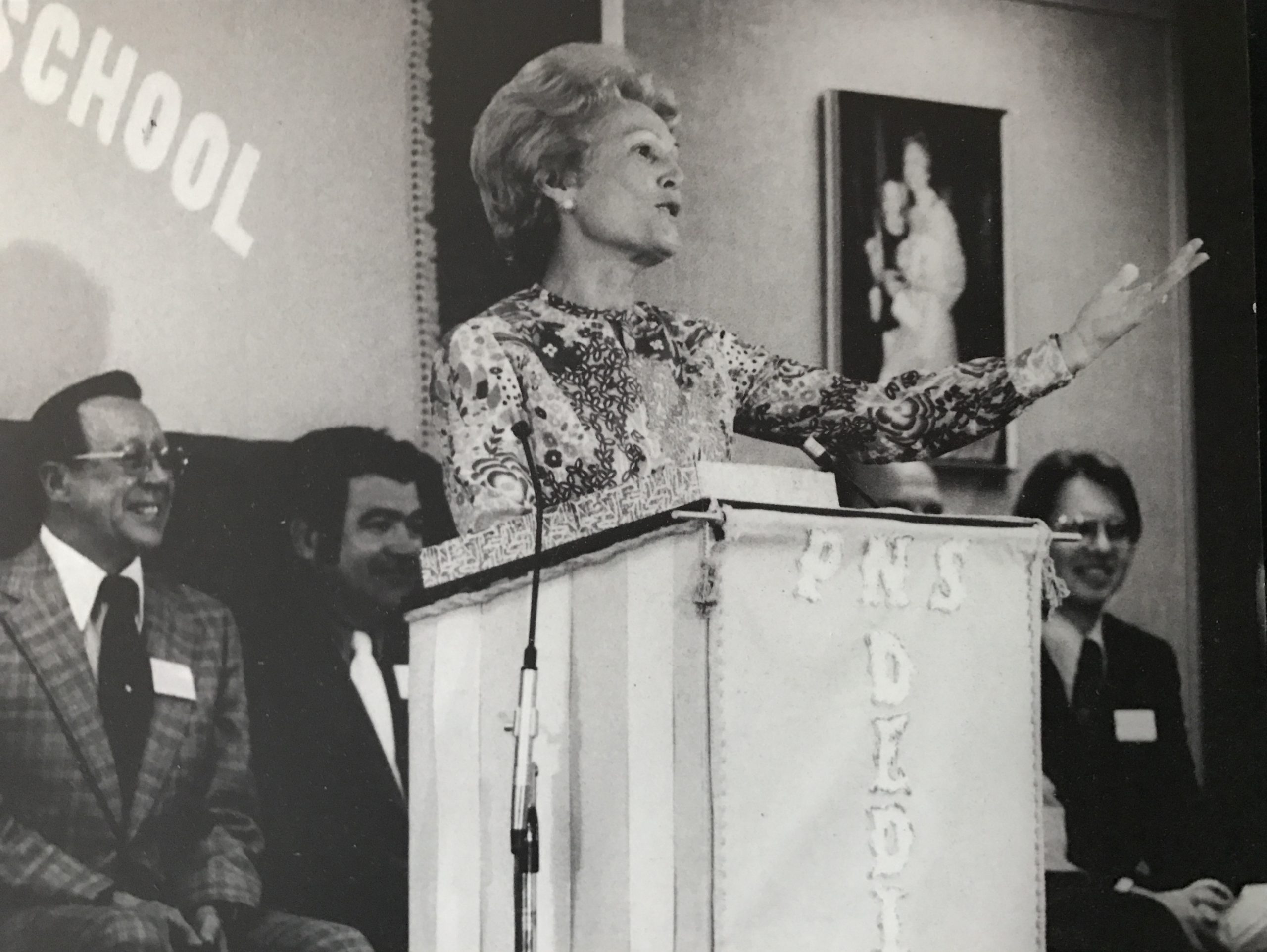
On July 7, 1976, Pat Nixon suffered a stroke at her home, La Casa Pacifica in San Clemente. After being examined by the chief of medicine fro Camp Pendleton, Pat Nixon was taken by ambulance to Long Beach Memorial Hospital. The stroke had caused the left side of her body numb. After a week in the hospital, Pat Nixon was able to return home. Over a course of time, Pat Nixon practiced physical therapy and slowly regained control and strength to the left side of her body.
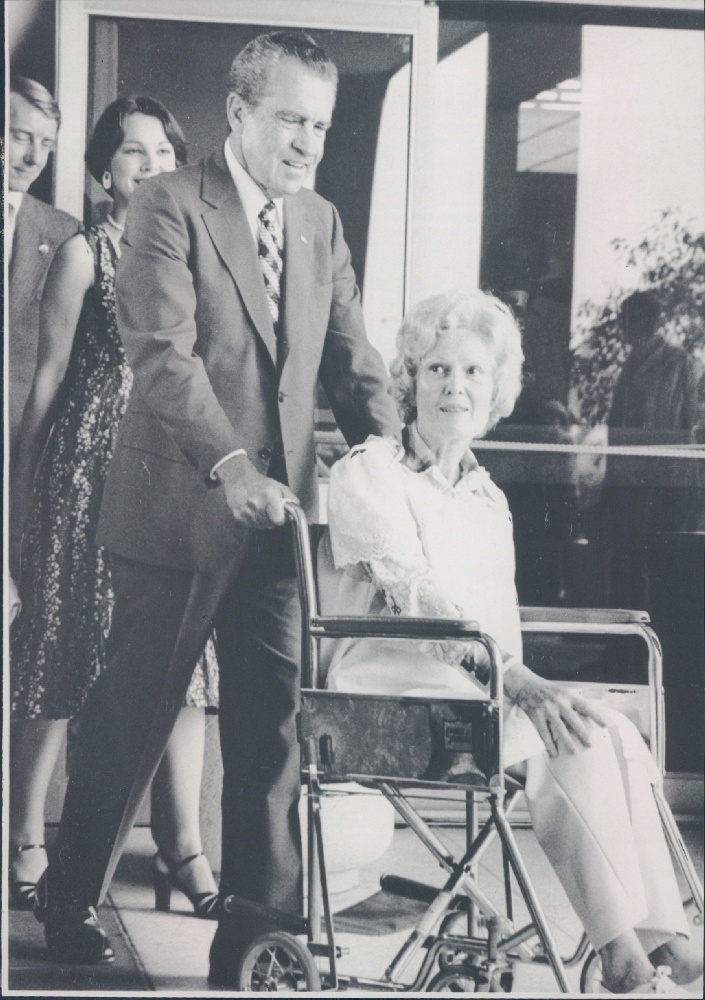
February 1980, Pat and Richard Nixon moved to the East Coast to be closer to their children and grandchildren, Jennie, Alex, Melanie, and Christopher.
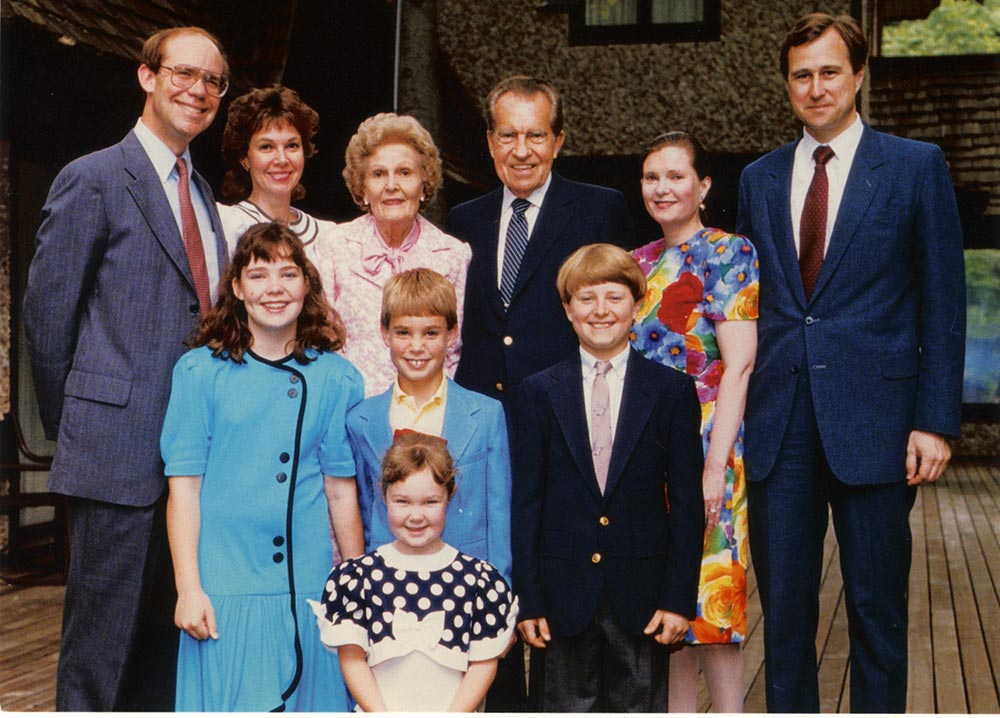
On July 19, 1990, Pat and Richard Nixon returned to Yorba Linda, California for the grand opening of the Richard Nixon Library and Museum. They were joined by their family, friends, and an adoring crowd. Also in attendance were Ronald and Nancy Reagan, George and Barbara Bush, and Gerald and Betty Ford.
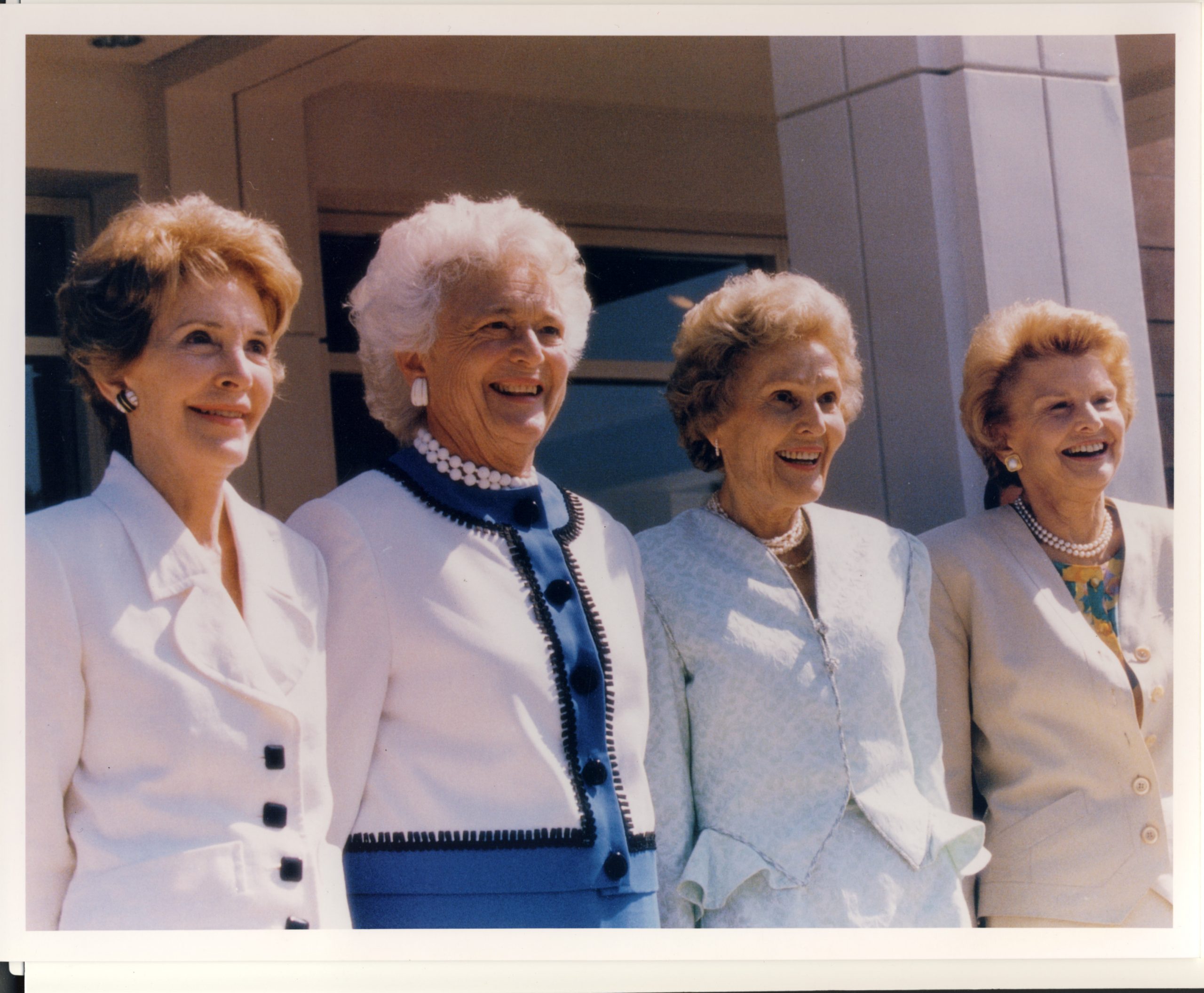
Pat Nixon met her final years with grace. She died at her home in Park Ridge, New Jersey, on June 22, 1993 surrounded by family. Her legacy and contributions throughout her life continue to serve as a reminder of her strength and enduring love for people. She is buried next to her husband, Richard Nixon, at the Richard Nixon Presidential Library and Museum in Yorba Linda, California.
